The Realme GT 7 is the new high-end smartphone from the Chinese brand Realme. The successor to the very recent Realme GT 6, it is sold for 100 euros less than the Realme GT 7 Pro released at the beginning of the year. What are the changes between the two phones? Does the experience evolve? Find out in this full review.
Realme's return to France is good news. Whether or not you are interested in its smartphones, this brand is clearly helping to shift the boundaries and democratize certain technologies, previously reserved for high-end models. To be convinced, just read our review of the Realme 14 Pro+, a very good offer around 550 euros. At the high end, the Realme GT 7 Pro, tested at the end of 2024, was one of the first smartphones equipped with the Snapdragon 8 Elite to arrive in France.
Read also – Galaxy S25 Edge review: with this smartphone, Samsung wanted to go for the thinnest
The Realme GT 7, recently made official alongside the GT 7T at a global press conference held in the suburbs of Paris, meets this mission well. On the one hand, the smartphone is sold for less than 800 euros. And on the other hand, its technical specifications are sufficient to compete with smartphones 200 to 400 euros more expensive. Equipped with a beautiful platform and rather well built, the GT 7 also has some photography pretensions. Is this the great deal of the first half of 2025? This is what we will see in this comprehensive review.
Price and availability date
The recommended retail price of the Realme GT 7 starts at 750 euros (give or take a few cents). It comes in three configurations. The most expensive of the three is called the "GT 7 Dream Edition." It was developed with Aston Martin. It benefits from a few cosmetic features, 4 GB of additional RAM, and a few extra accessories in the box. Here are their respective prices:
- 12 GB of RAM and 256 GB of storage: 750 euros
- 12 GB of RAM and 512 GB of storage: 800 euros
- 16 GB of RAM and 512 GB of storage (Dream Edition): 900 euros
The Realme GT 7 falls into the category of high-end smartphones sold between 700 and 1000 euros. In this category, we find the very recent Edge 60 Pro from Motorola (and certainly an Ultra version to replace the Edge 50 Ultra), the OnePlus 13, without forgetting the RedMagic 10s Pro if you are a bit of a "gamer". Previously, the Zenfone from Asus was in this price range. This is no longer the case in 2025. The other manufacturers (Apple, Samsung, Honor, Oppo, Xiaomi) will position themselves above 1000 euros for an equivalent promise.
The Realme GT 7 is already available. You can find it at Amazon, Boulanger, Fnac and many others. The standard version of the GT 7, which comes with a USB cable and a case in the box, comes in two colors: blue or black. We tested the "Dream Edition," which comes in a green case. It benefits from the same accessories and a charger. The SIM card opening tool is also adapted to the theme, as you can see in the photo opposite. A screen protector is installed on all versions.
Design and interface
Visually, the Realme GT 7 does not adopt the design of its predecessor, but rather that of the GT 7 Pro. This is not surprising: the brand wants to create a range effect between all its premium models, something the competition does rather well, whether at Apple or Samsung, in particular. We therefore find a slightly protruding rectangular photo module entirely covered in mineral glass. It is wide enough to provide some stability to the GT 7 when placed on its back.
The GT 7's back is made of fiberglass and graphene, a surprising blend that, according to Realme, helps dissipate heat from the processor better. The finish is matte to prevent fingerprints. The edges are made of polycarbonate. These have all the usual technical elements, as well as an infrared sensor and a small grille for the secondary speaker. Note the different color for the power button. A small aesthetic touch that doesn't add anything to the handling.
The screen, covered with Gorilla Glass 7i, benefits from fairly thin borders. The fingerprint reader located underneath is easily accessible, even if it is very low. A punch-hole for the selfie sensor is placed in the middle of the upper border, under the earpiece. The phone is waterproof (IP69 certification). It is slightly thinner, but also slightly larger and heavier than its predecessor.
The Dream Edition stands out for its more assertive aesthetic work. In addition to the logo of the British car brand, it adopts converging lines reminiscent of Formula 1 cars. In addition, the shell is textured, which is not unpleasant. Surprisingly, the Dream Edition won't be completely reusing this camera module: while it's also protruding, it's covered in metal, clearly highlighting the glass of each camera lens.
The GT 7's interface is Realme UI 6.0. This is the version we tested with the GT 7 Pro. It offers two home screens, an app drawer enabled by default, a common pane for notifications and quick settings. In addition to the slate of software from Google and Realme, you'll find less than half a dozen commercial partners here (Facebook, Amazon, Tiktok, Netflix and Temu). The Dream Edition version benefits from an exclusive theme installed by default where all the icons have been reworked. Please note, this makeover does not concern the applications that you will download afterwards. Too bad.
On the artificial intelligence side, you will find Gemini, of course, as well as a few additional features. "AI Studio" to create images from a prompt. "AI Smart Loop" which turns out to be a ersatz of Honor's Magic Portal. And "AI Planner" which allows you to analyze the contents of the screen to very quickly add an appointment to a calendar. A fun little subtlety: just double-tap the back of the phone to call up the AI Planner. Note that Realme promises 4 years of Android updates for this phone. That's good. But the brand can do better.
Screen, performance, and battery
Let's get into the technical details. On the front, the Realme GT 7's screen is, on paper, the same as its predecessor's. Everything is identical: the size (6.78 inches), the definition (1.5K) and resolution (450 pixels per inch), the brightness (1600 nits with HDR content and up to 6000 nits at local peak), the refresh rate (120 Hz). The nature of the panel is also the same: AMOLED LTPO. We find HDR10+ and Dolby Vision compatibility. It was already a very complete screen. And it remains so.
Beyond the theory, we wanted to check if the calibration remained excellent, like the GT 7 Pro. Armed with our probe, we noted an average Delta E of only 1.8 and an average color temperature of 6631 with the natural color mode. These are excellent measurements, close to those of the GT 7 Pro. The white reaches 6506°C, a perfect value. Compared to the Realme GT 6, the GT 7 is much better. The cinematic mode is quite close. The other modes (vivid, vivid and even "pro") are more contrasty.
The brightness is also higher than with the GT 6 and quite close to the values of the GT 7 Pro. Here it reaches 614 nits in manual mode. And if you activate the "More brightness" option in the settings, it even exceeds 1000 nits, still in manual mode. Knowing that it can go even higher in automatic mode...
Under the hood, we don't find a Snapdragon. Unlike the GT 6 and GT 7 Pro, Realme has chosen a MediaTek SoC to power the GT 7. More precisely the Dimensity 9400E, a slightly more balanced version of the Dimensity 9400 that you find for example in the Find X8 Pro. And the benchmarks show us that it's a rather relevant choice. The GT 7 is very powerful, even if it is not as efficient as a Snapdragon 8 Elite. Be careful, our tests were carried out with the "Dream Edition" which has 16 GB of RAM. The standard GT 7 only has 12 GB.
Power obviously means heat generation. The Dimensity 9400E is no exception to this rule. The GT 7 therefore heats up when it is used. 3DMark tells us that it goes up to 50°C. And our thermal camera recorded a temperature of 57°C on the back of the phone. That's very hot, but it's also very localized. And it only happens during technical tests and not during normal use.
The case therefore acts as a heat sink. This rise in temperature has an impact on performance stability. We get scores between 60% and 75%. Very decent figures. With Honkai Star Rail, positioned on the highest graphics, the GT 7 performs perfectly well: no slowdowns or overheating.
To power this power-hungry platform, Realme has chosen a carbon silicon battery, as for the GT 7 Pro. The capacity here is very generous, since it goes up to 7000 mAh, compared to 5800 mAh for the GT 6 and 6500 mAh for the GT 7 Pro. Realme is therefore back on par with the best on the market.
If you combine this battery with the Dimensity 7400E, which is less power-hungry than Qualcomm's SoCs, you quite logically get increased battery life. The PCMark benchmark tells us that the GT 7 can last nearly 22 hours in continuous use with the default settings. We translate this score into battery life that approaches three days in typical use (web, social networks, messaging, streaming, casual gaming). For gamers, the battery life is also very good: it is between 5 and 8 hours depending on the quality of the game.
To recharge the battery, you only have one option: wired charging. Fans of wireless charging might be disappointed. However, we think the battery life gain is well worth the sacrifice. The smartphone supports a maximum power of 120 watts, which is very good. With a Realme or Oppo charger compatible with this power (the one included in the Dream Edition box, for example), you can go from 0% to 100% in 46 minutes, which is very good for a battery of this size. Here are our interim measurements:
- 10 min: 36%
- 20 min: 58%
- 30 min: 79%
- 40 min: 94%
Note that there is an option to speed up the process even further to get closer to 40 minutes. But we prefer not to activate it to improve battery life. To take care of the battery, Realme UI offers smart charging and limited charging (at 80%). Game mode also offers charging bypass, but it doesn't activate automatically.
Photo, video and audio
Let's move on to the final part of this review. In terms of photography, the GT 7's ambitions and claims are quite high. Realme positions this phone as a photography expert with several arguments: multiple sensors to meet all needs, shooting modes that enhance shots depending on their type (mountain, beach, etc.)... In short, everything you need to challenge Honor, Oppo, Xiaomi, Samsung, and Apple. Here is the GT 7 configuration:
- Main: 50 MP sensor, f/1.8 lens, optical stabilizer, multi-directional phase detection autofocus
- Panorama: 8 MP sensor, f/2.2 lens, 112° viewing angle, without focus
- Telephoto: 50 MP sensor, f/2.0 lens, optical stabilizer, phase detection autofocus, optical zoom 2x
- Selfie: 32 MP sensor, f/2.5 aperture lens, no focus
Technically, the GT 7 combines elements of the GT 6 and the GT 7 Pro: it takes the telephoto lens and selfie sensor from the former and borrows the main module from the latter, knowing that the ultra-wide-angle module is common to all. We would have liked an update of the latter. Perhaps for the next generation? Please note that, with one exception, all the photos shown here were taken with the default mode (with the vibrant profile) and not with the “AI landscape” mode with these specific filters.
Let's move on to the results of our photo shoots. They are generally good. During the day, the main sensor offers beautiful colors and good brightness. There are plenty of details. Backlighting is well managed. The dynamic range is wide. The autofocus is precise and fast. The portraits it creates are natural in all situations. The clipping is neat. And the textures are preserved. In the evening, the main sensor remains good. Note that night mode is activated automatically, but you can deactivate it in the settings (or temporarily via the photo interface). This mode brings more vibrancy to the photos, even if it sometimes distorts the colors.
The telephoto lens is also very good, although we feel a loss of brightness compared to the GT 7 Pro. During the day, this is not significant. The 5x lossless zoom remains sharp and detailed. The 10x zoom remains usable in good lighting conditions. Above that (from 10x to 20x), it is very noisy. We note that the GT 7 doesn't fully benefit from the AI-powered zoom improvements we saw with the GT 7 Pro. In the evening, only the optical zoom remains good. As soon as you switch to digital zoom, the noise is much more intense.
The ultra-wide-angle sensor is decent during the day, but shows that the module could have benefited from a technical update. Grain is more present. The colorimetry is a little colder than with the main sensor and the contrasts are less clear. Sharpness is relative because there is no autofocus here. As a result of this detail, there's no macro mode. But the 5x zoom can clearly replace it. In the evening, the panoramic module loses its usefulness considerably, as it's so dark. Of course, the night mode can compensate for this shortcoming in certain situations. But the shots lose naturalness and balance.
The sensor The selfie sensor, finally, is very decent. While its colorimetry is less warm than that of the main sensor, it takes good portraits during the day and in the evening. Be careful, however, of small unsightly reflections on the lenses.
In video, the Realme GT 7 also offers a good experience. In addition, it has gained Dolby Vision certification, which improves contrast and colors if you watch your creations on a compatible television (or on the smartphone). Unlike the GT 6, the GT 7 goes up to 8K at 30 frames per second, but only on the main sensor. The telephoto lens and ultra-wide-angle are only compatible with 4K (at 120 fps) and 1080p (at 60 fps) respectively. During the day, the results are generally good with all sensors during the day, even if the colorimetry is not as well controlled with the ultra-wide-angle as with the other two sensors.
The digital zoom, which goes up to 18x, is really good. In the evening, you can go up to 10x, but not higher. During the day, you can go a little higher, even if the grain is very present. Be careful, stabilization above 10x is precarious. The audio capture is stereo, for a decent result, but a little metallic. Wind suppression is effective, but ambient noise suppression still needs improvement.
On the audio side, the GT 7 is equipped with two speakers for an asymmetrical stereo configuration. The power offered by these two speakers is good. No need to go above 50% to hear the content well. The balance is very good: certainly, the main speaker is a little more powerful, but not much more. The midrange frequencies are of course very advantaged, with much more discreet treble and bass. This is inherent to this type of configuration.
Realme UI integrates an "equalizer" that allows you to adapt the audio profile to the type of content. The Realme GT 7 is also compatible with spatial audio, but this is only activated with external headphones. On the codec side, you find the standards related to the Bluetooth protocol, but little else. Compatibility with Dolby Atmos would have been welcome to accompany Dolby Vision…
So, should we buy it?
On paper, the GT 7 is nothing more than a slimmed-down GT 7 Pro. Less powerful processor. Slightly degraded camera equipment. Less efficient fingerprint reader. Plastic bezels. Less bright screen. But the GT 7 is much cheaper: €250 for the same configuration. And it can also count on its battery life, which is significantly improved thanks to a more generous battery. While the GT 7 Pro didn't manage to convince us against its direct competition, the GT 7 does so thanks to its better price-performance ratio. Just because it's more expensive doesn't mean it's better!

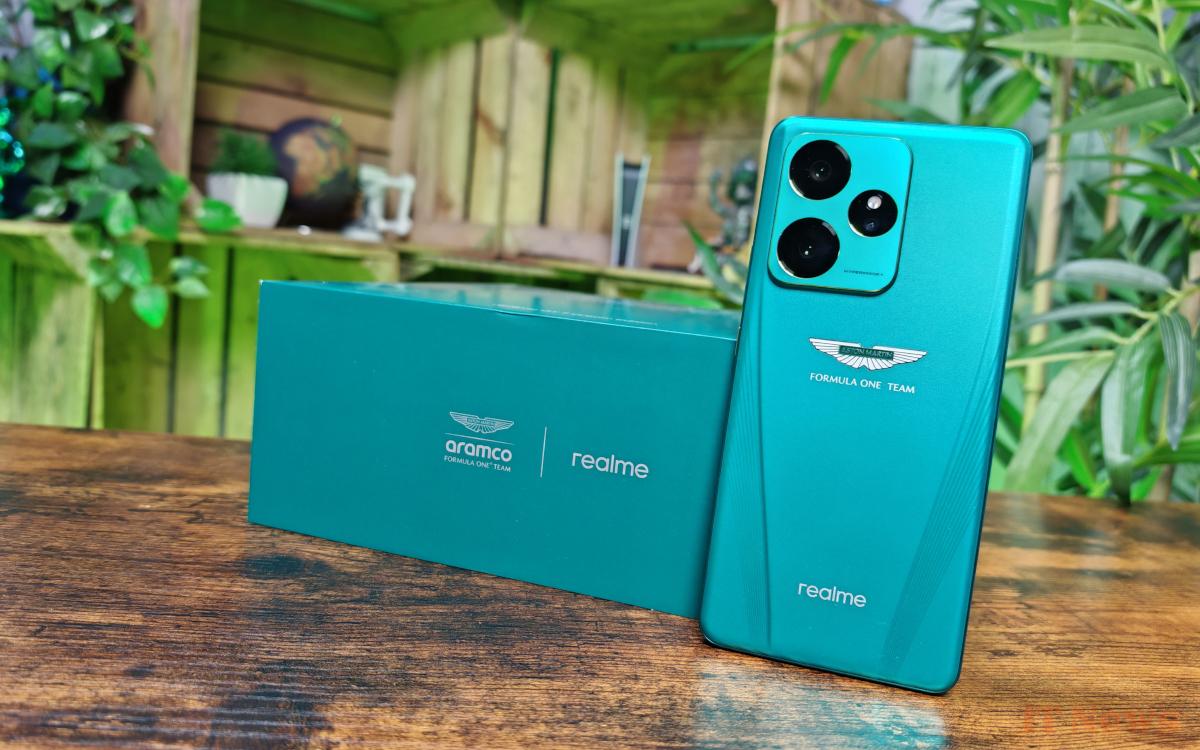

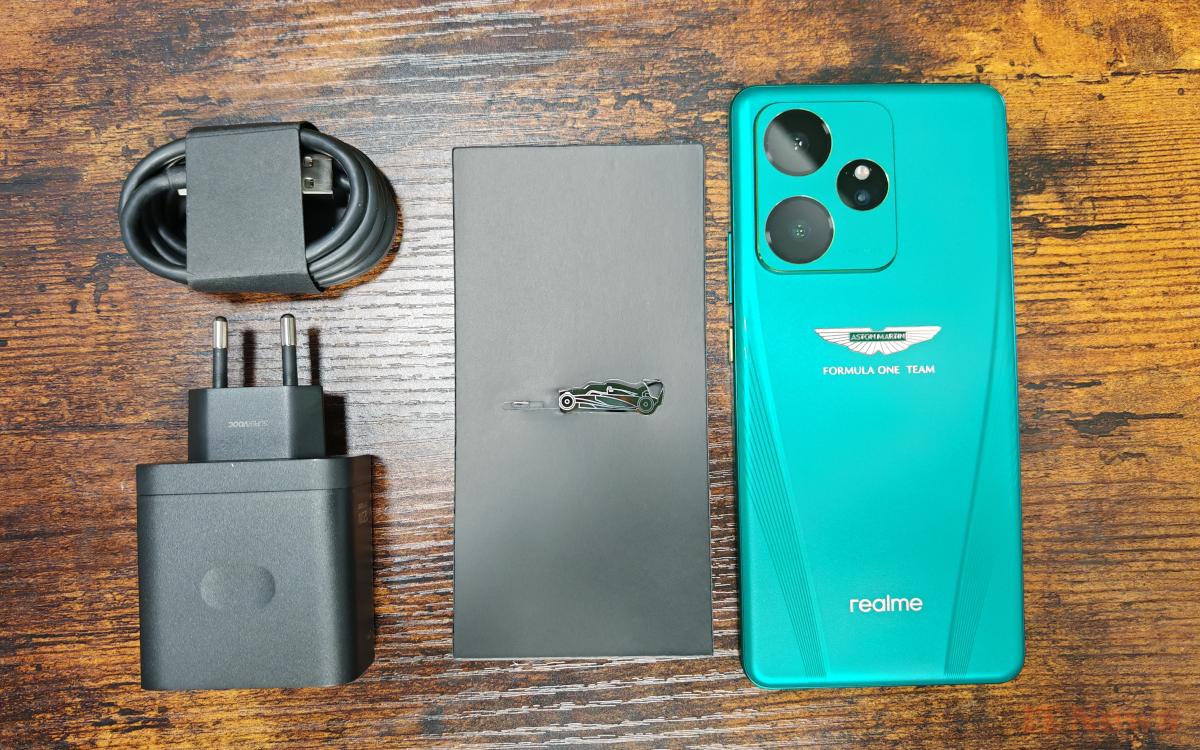
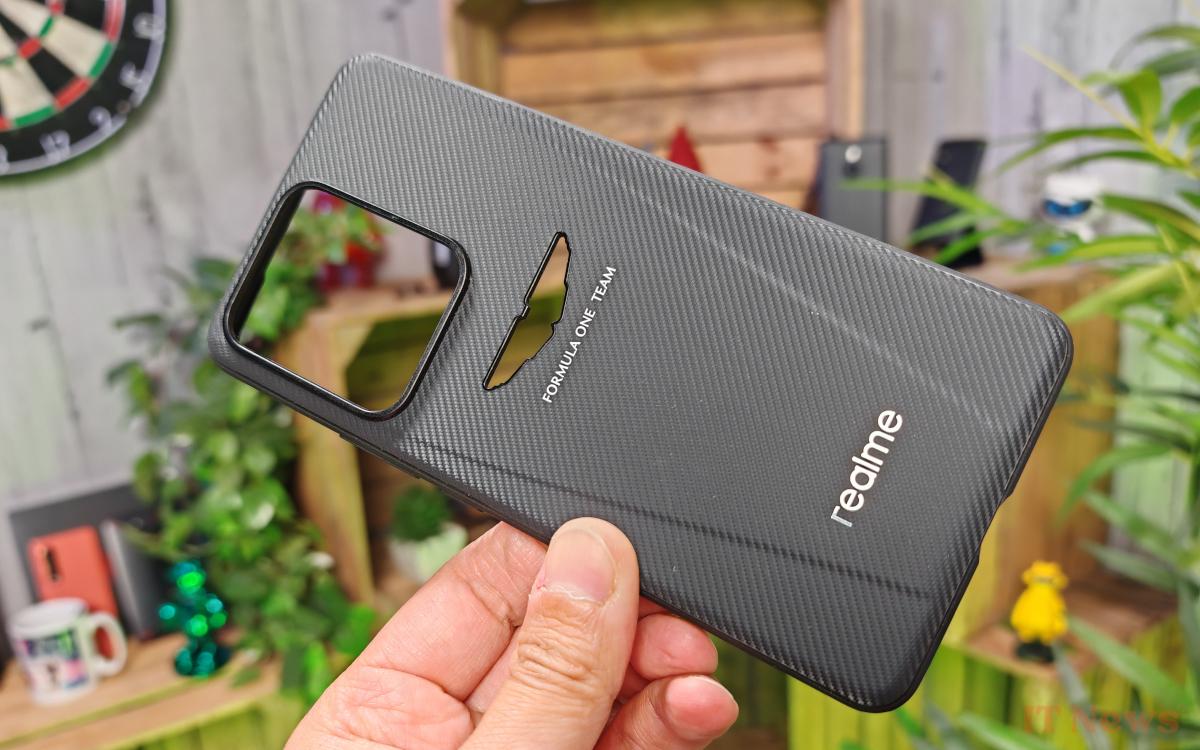
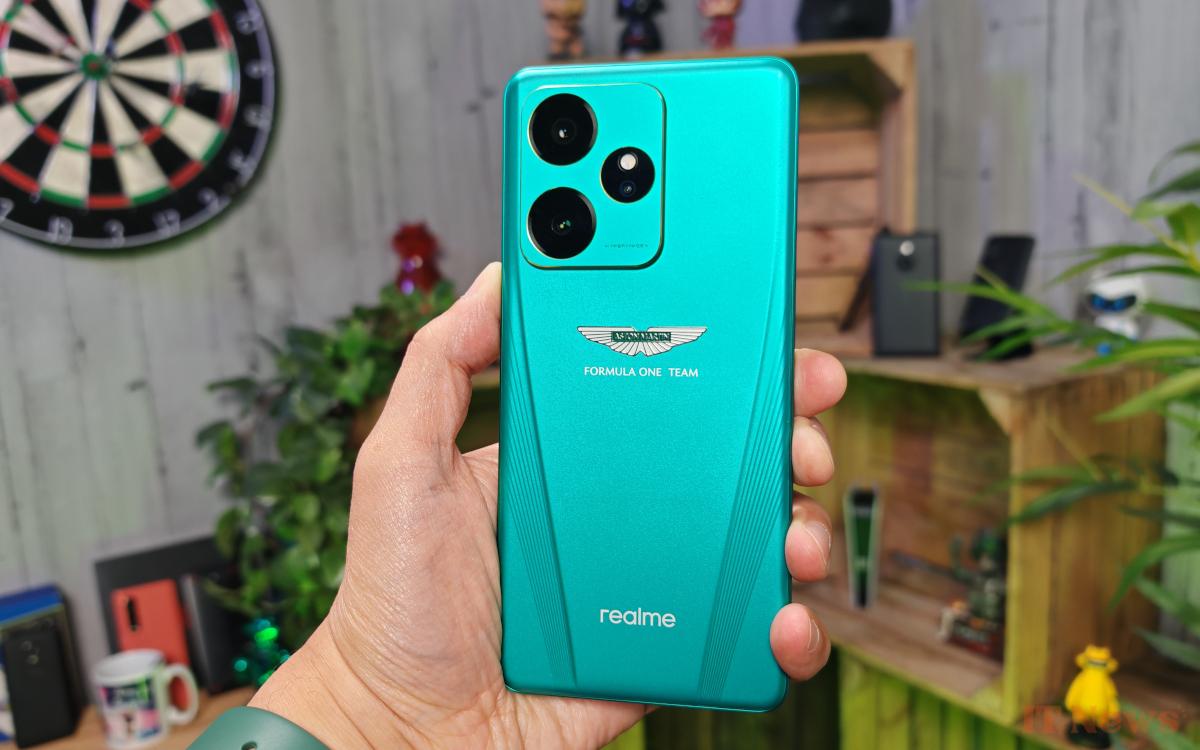

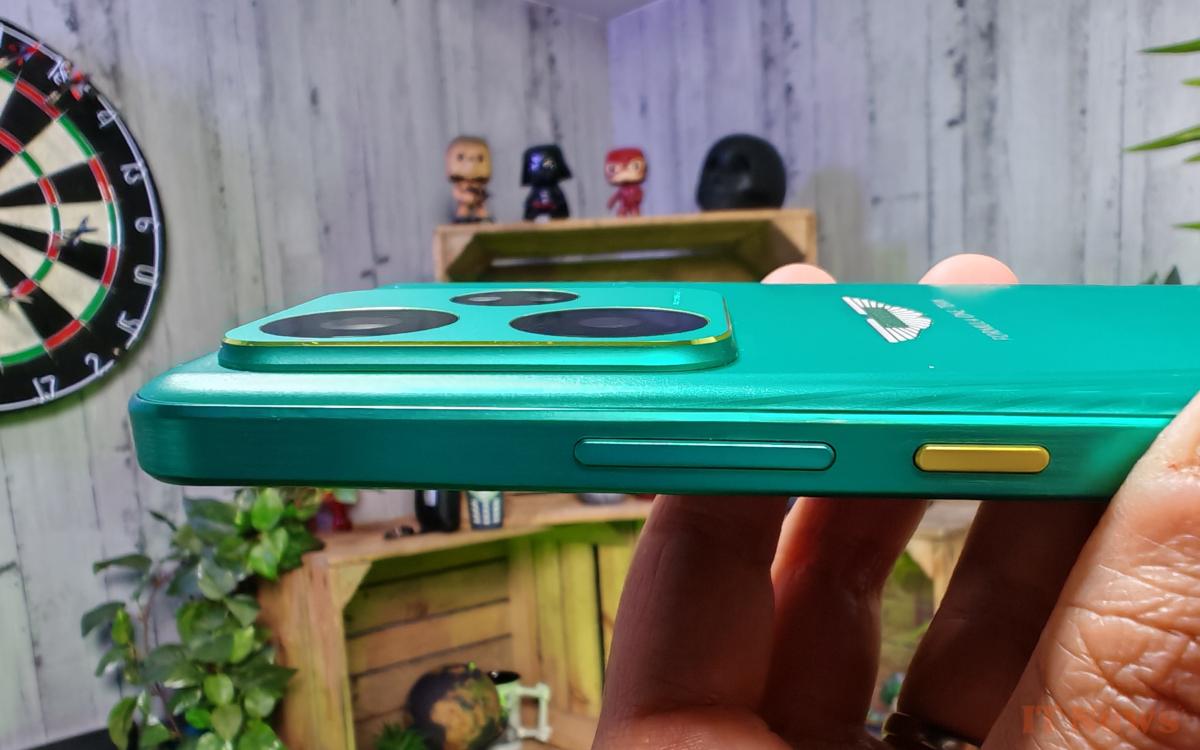
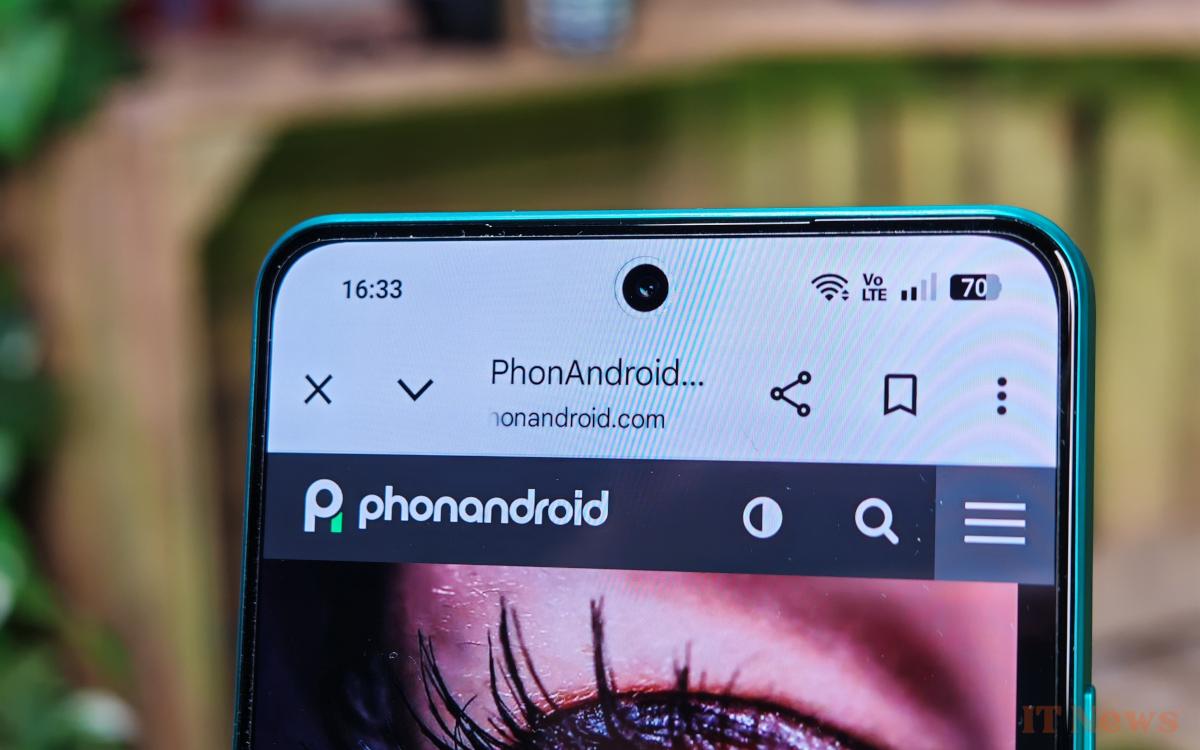
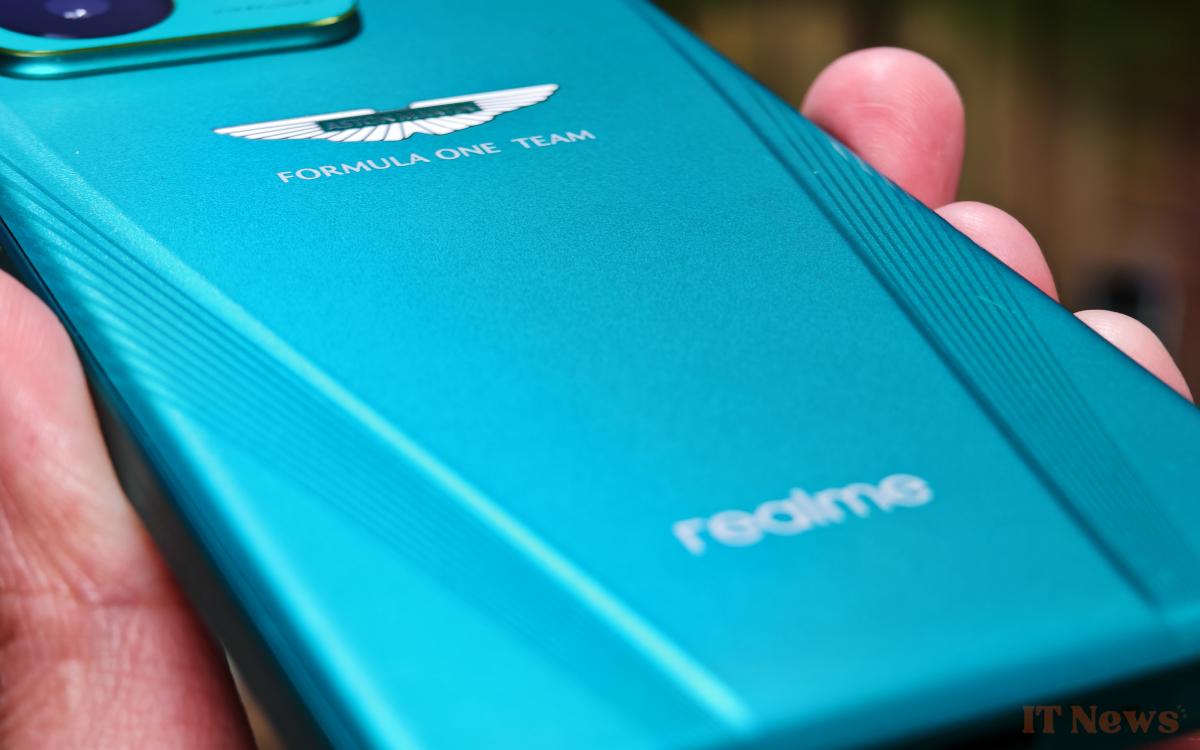
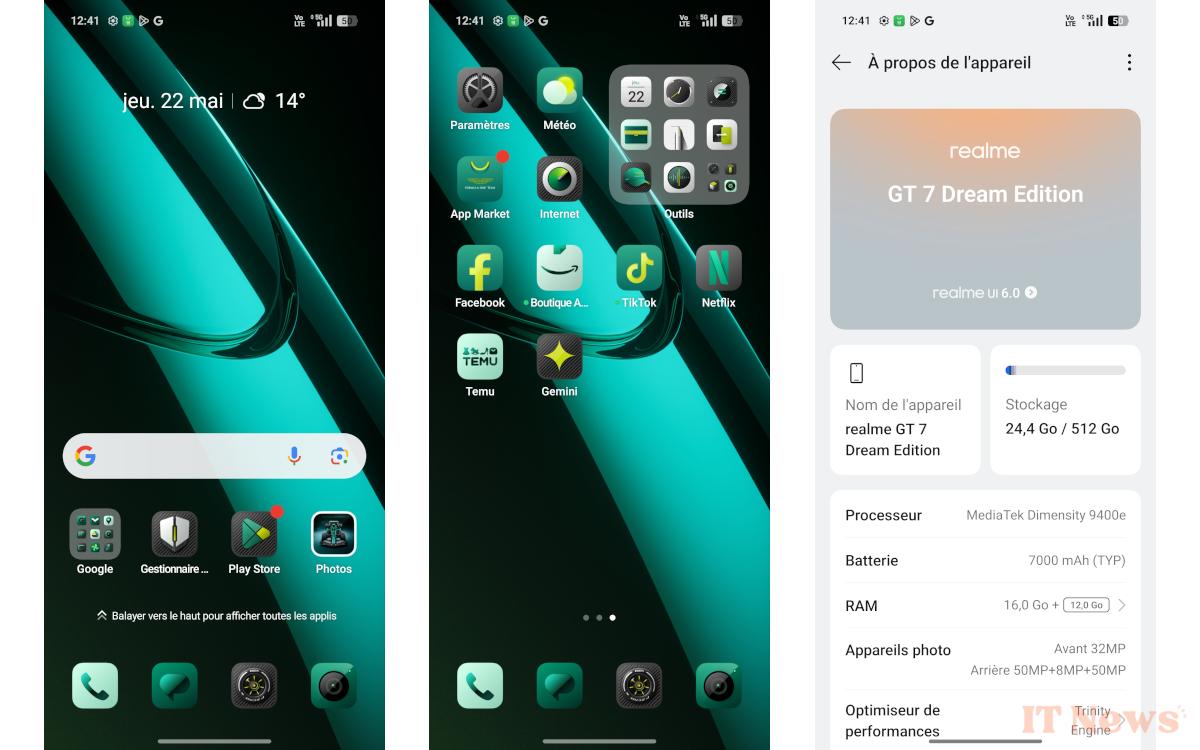
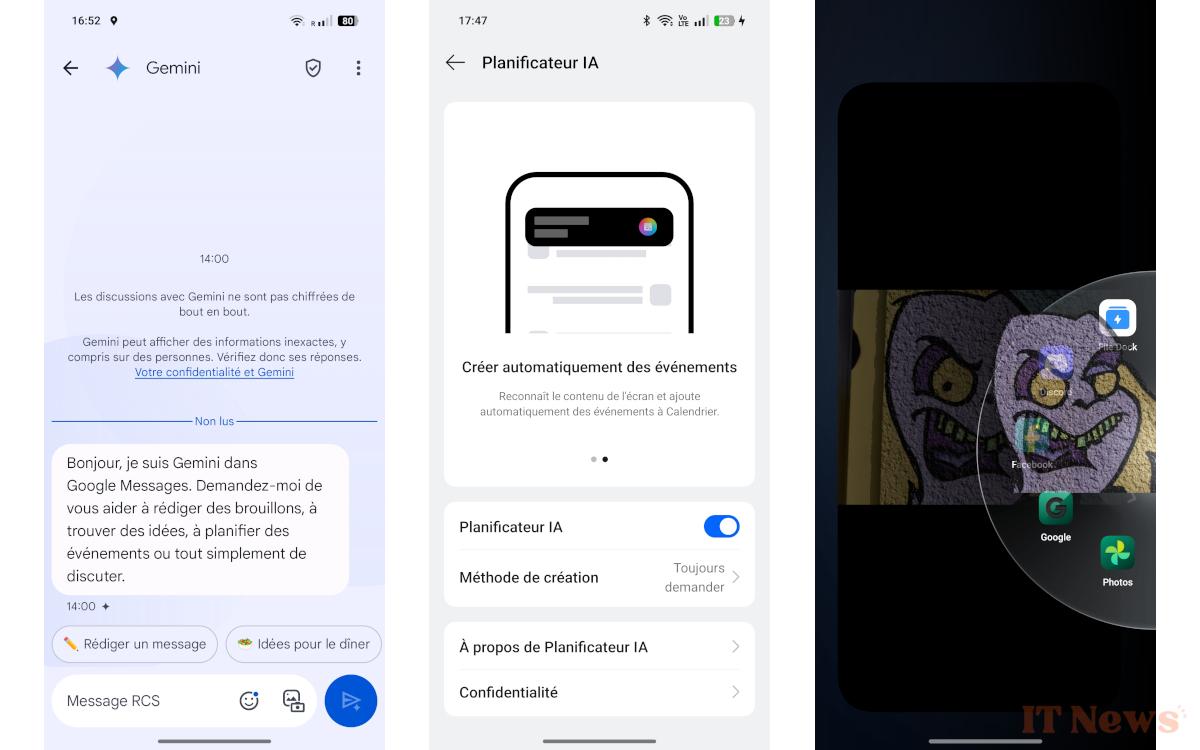
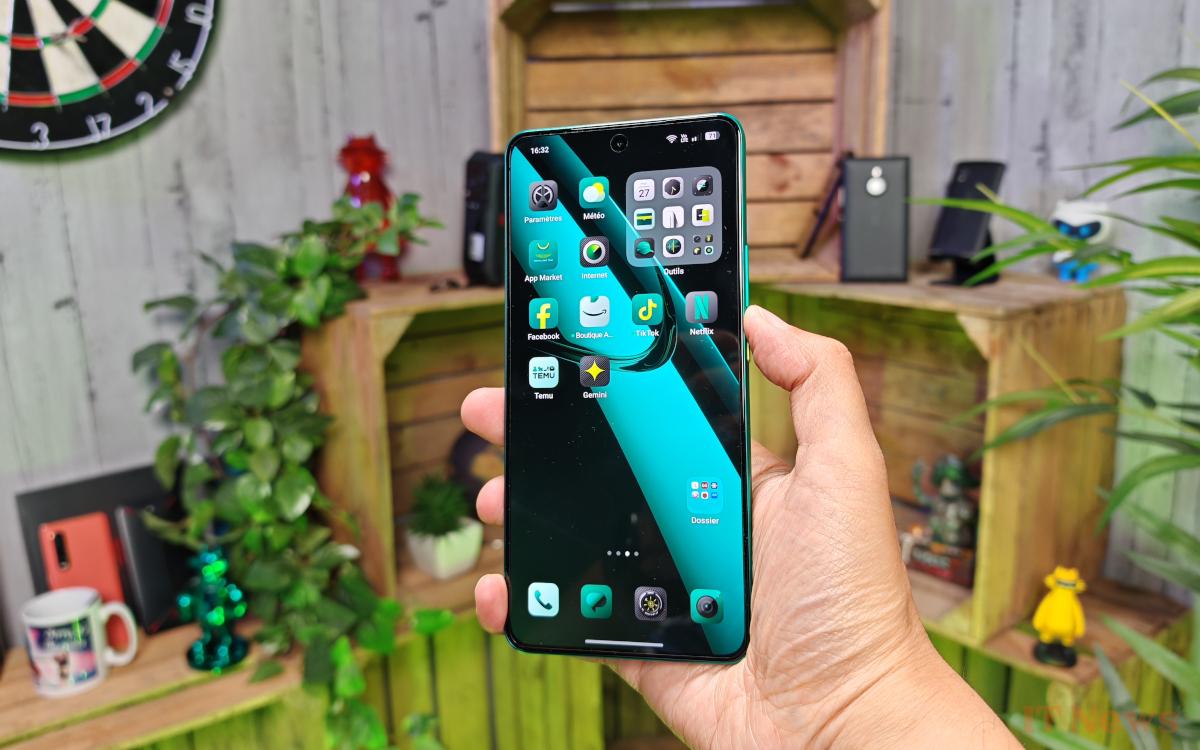
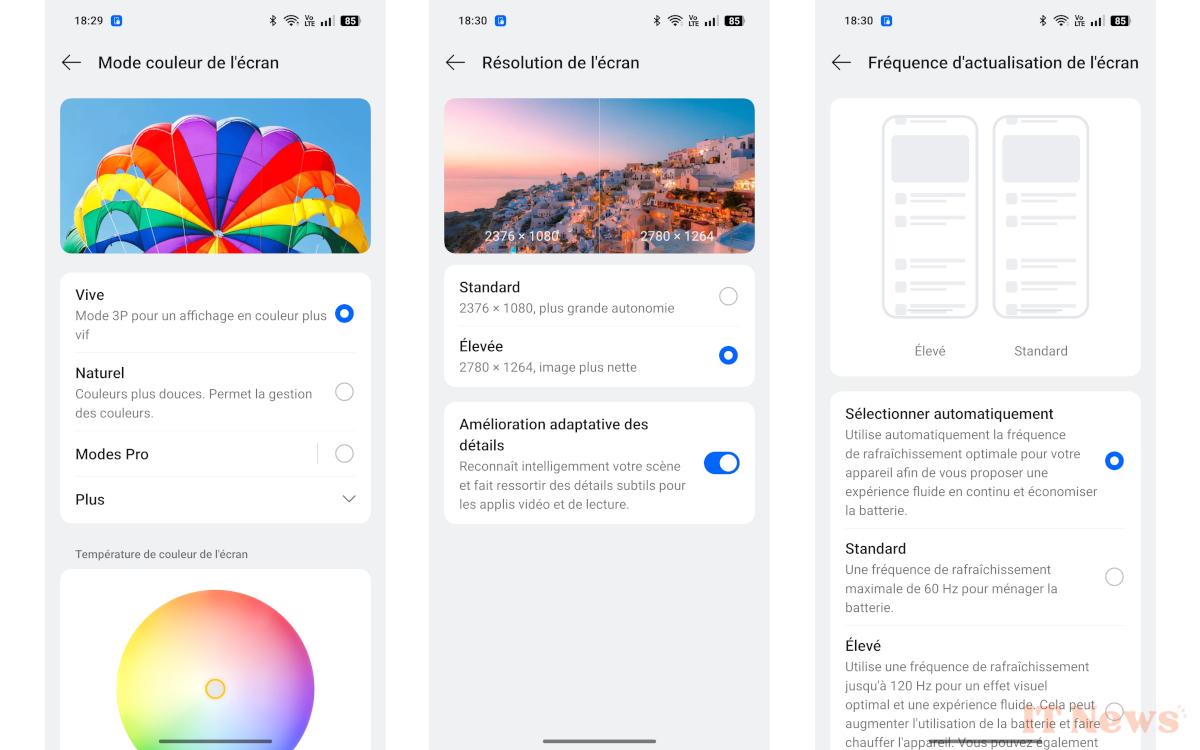
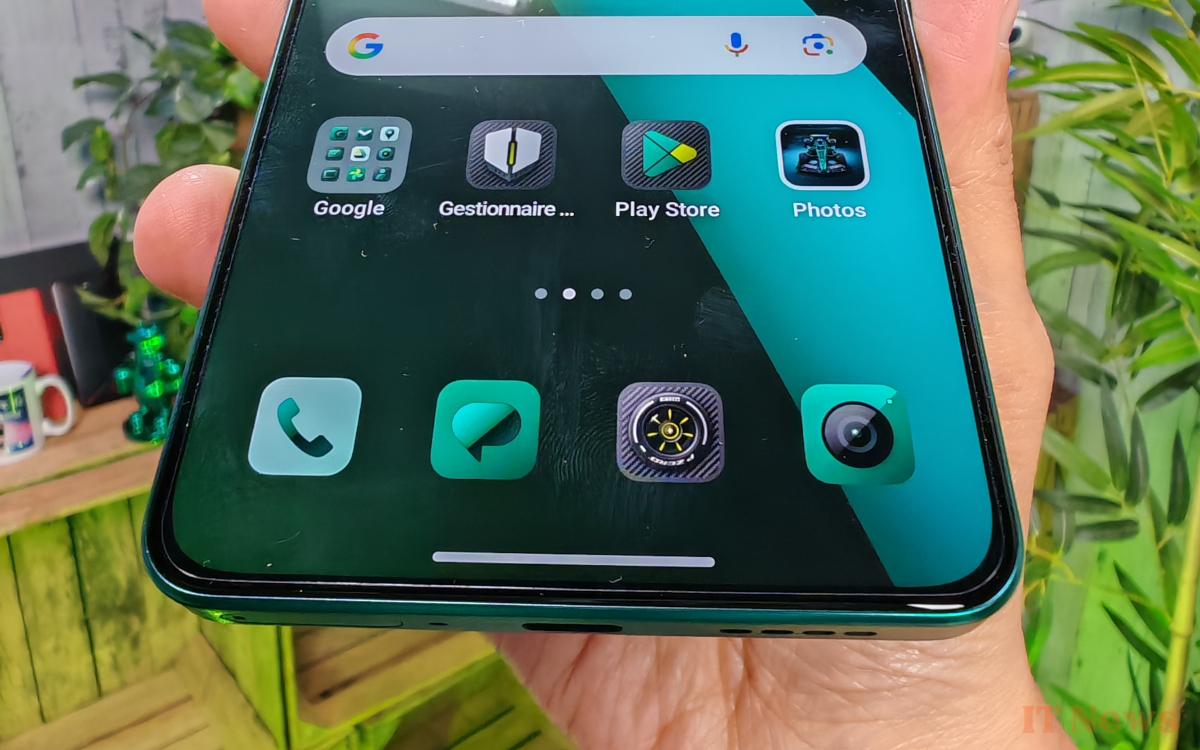
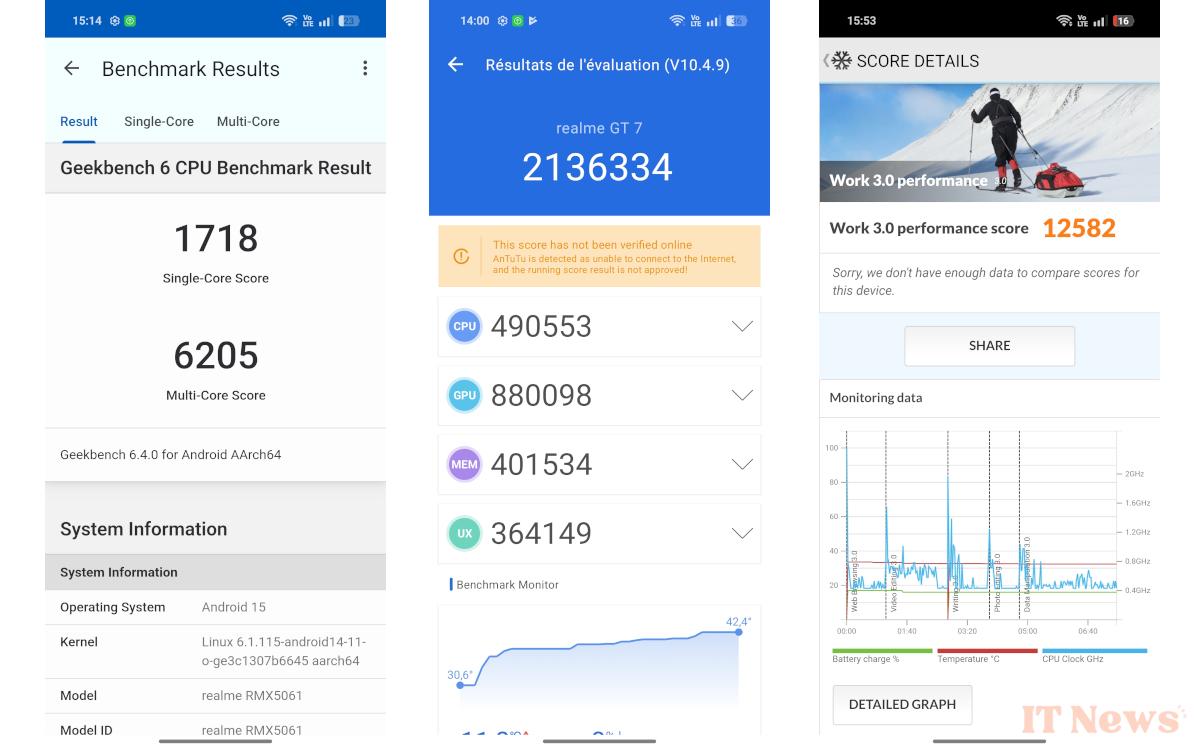
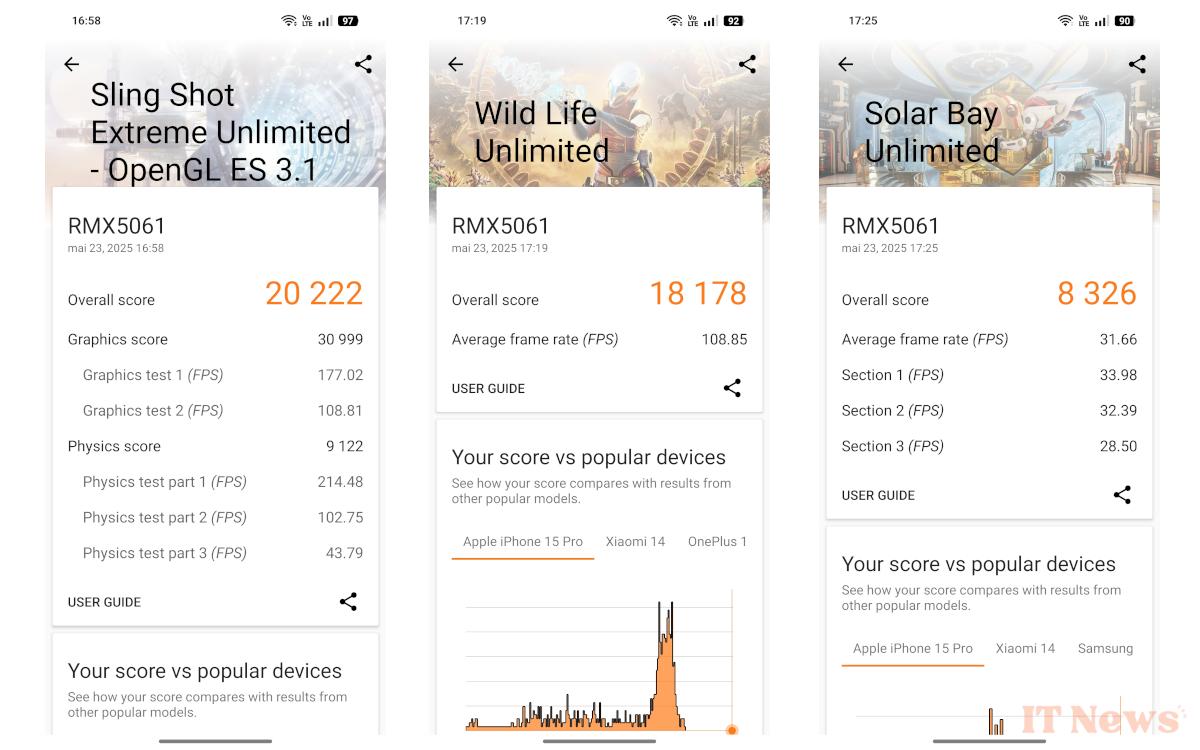
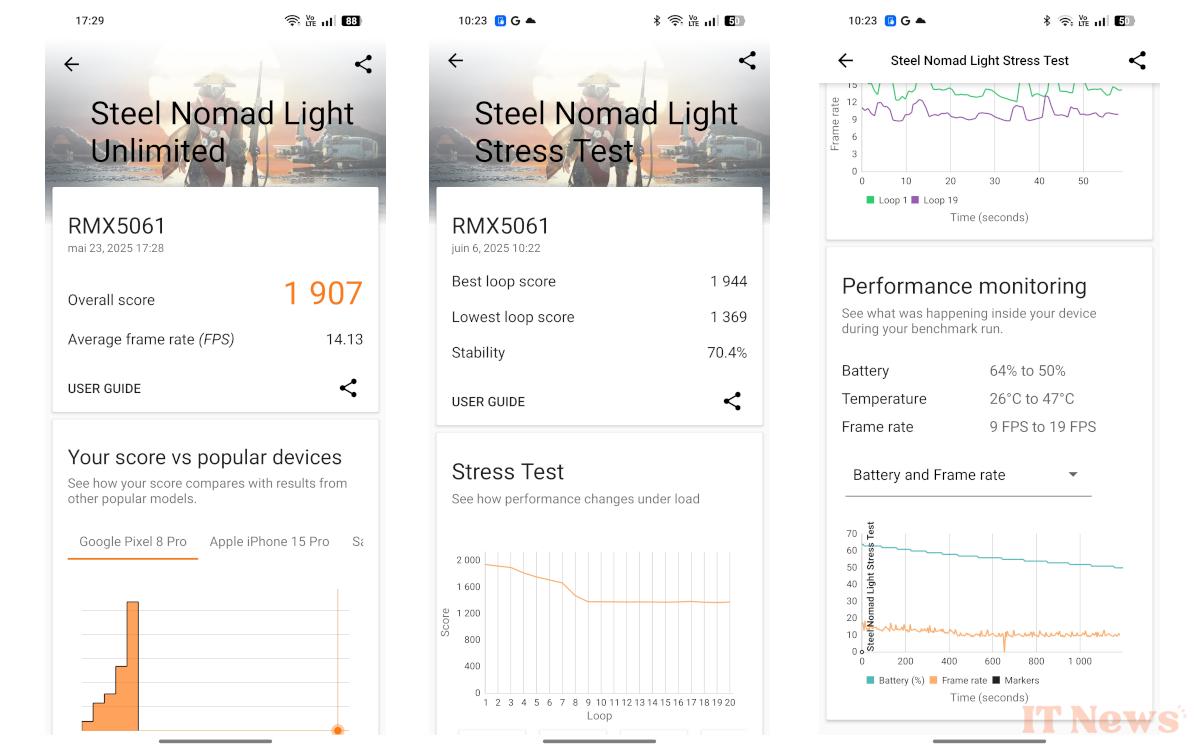
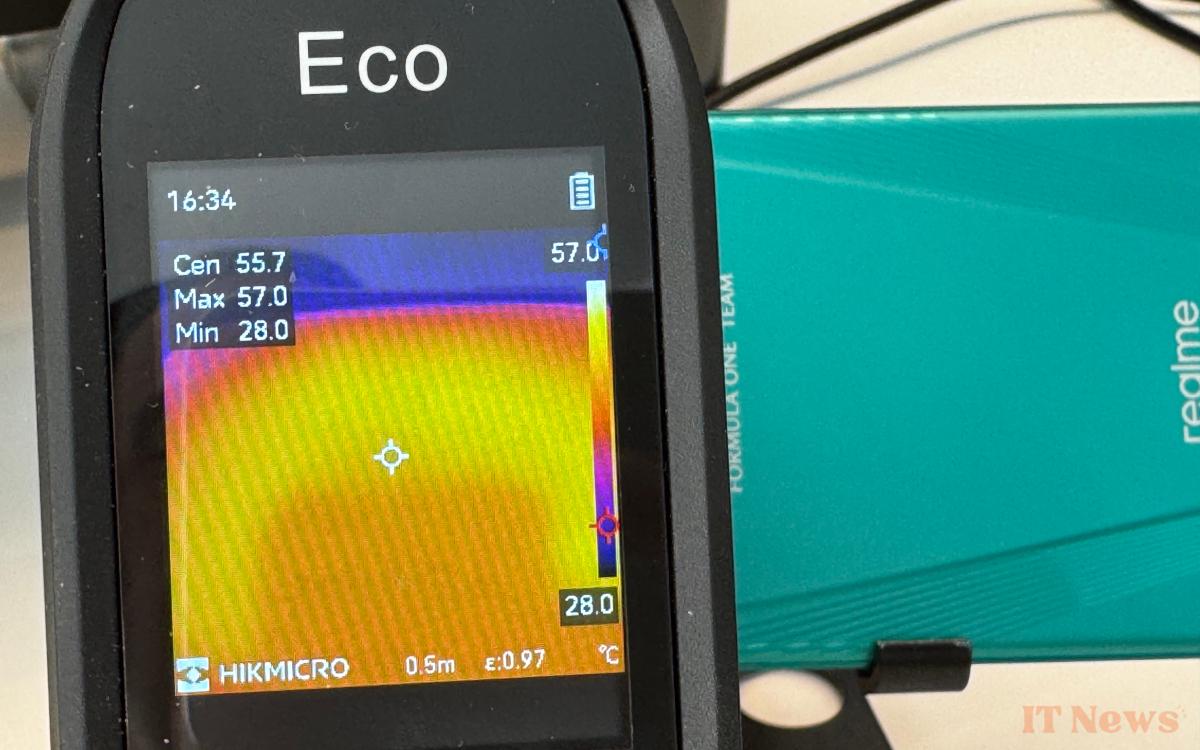
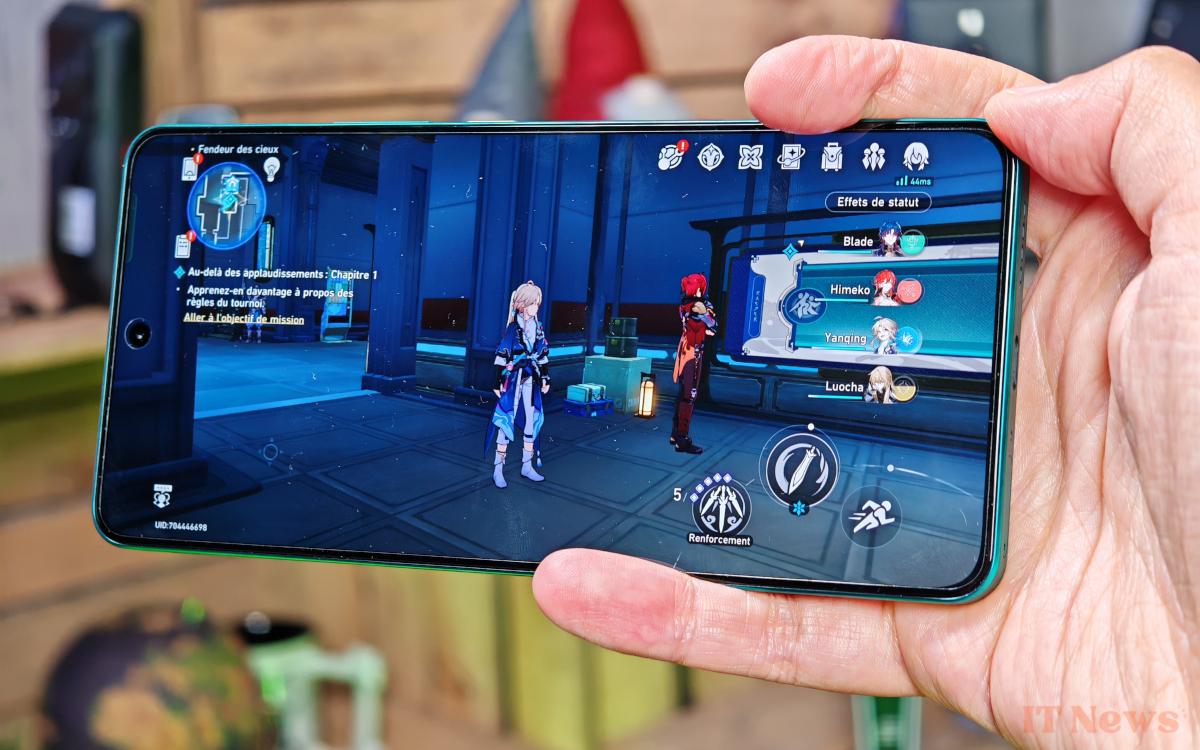
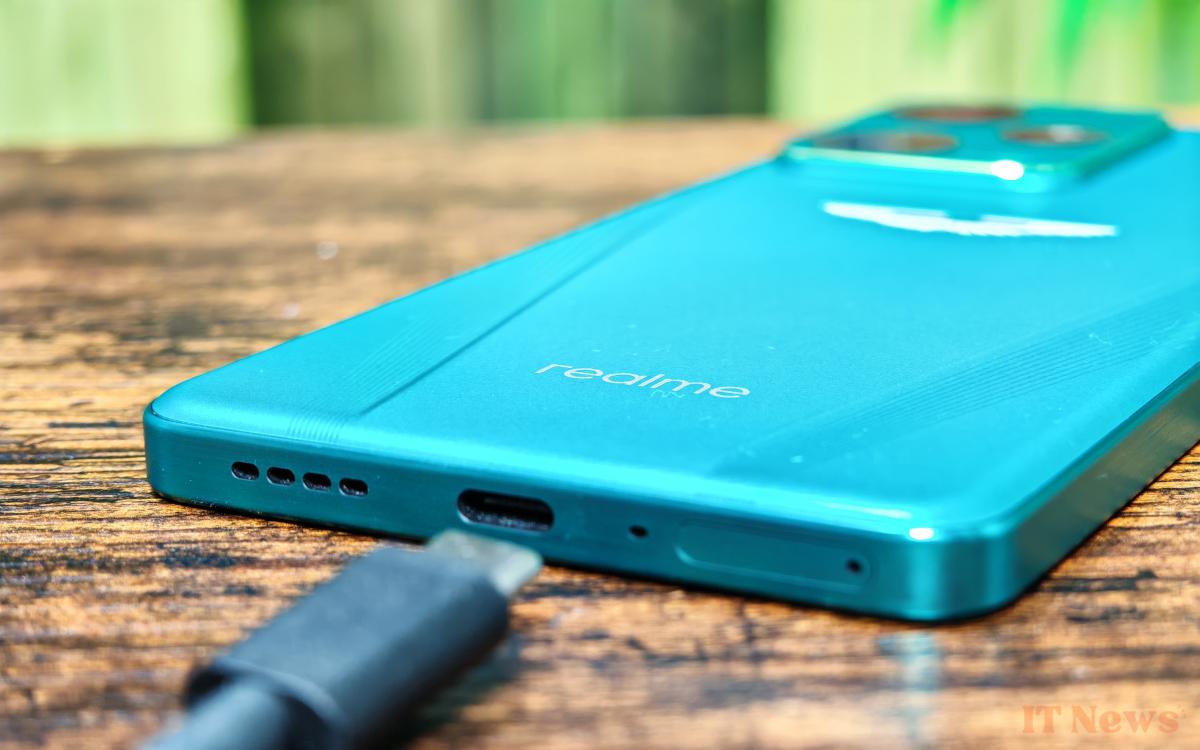
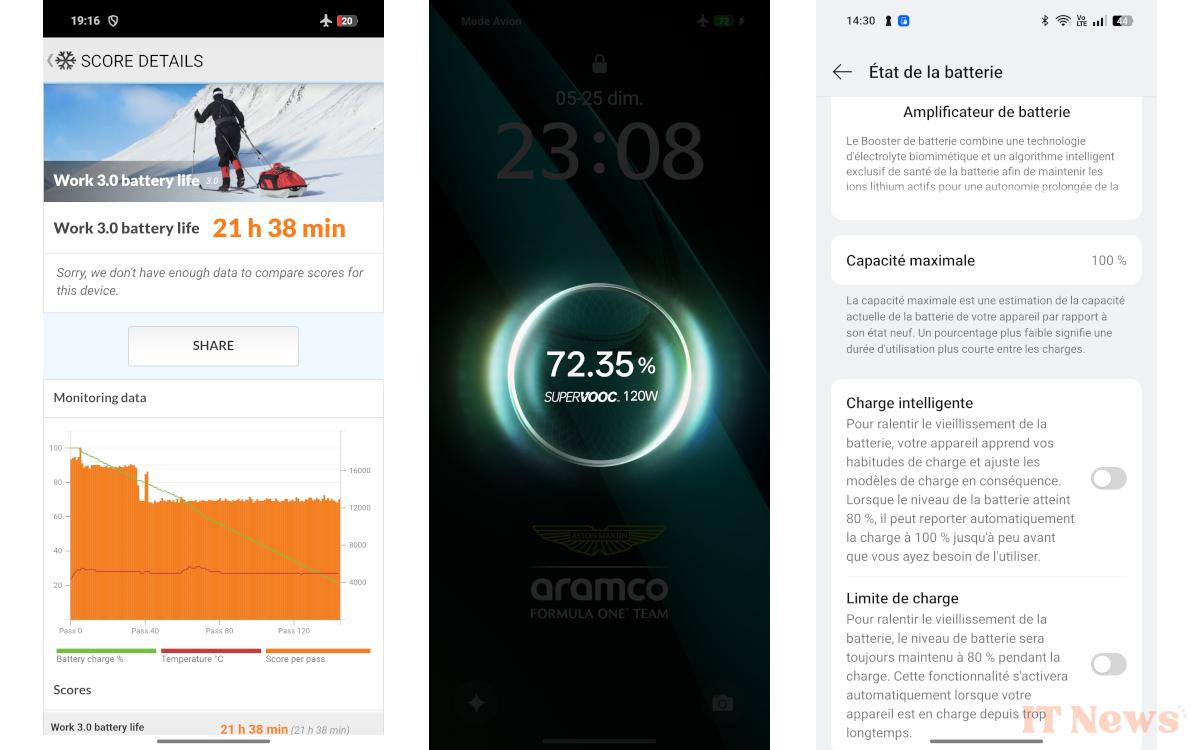
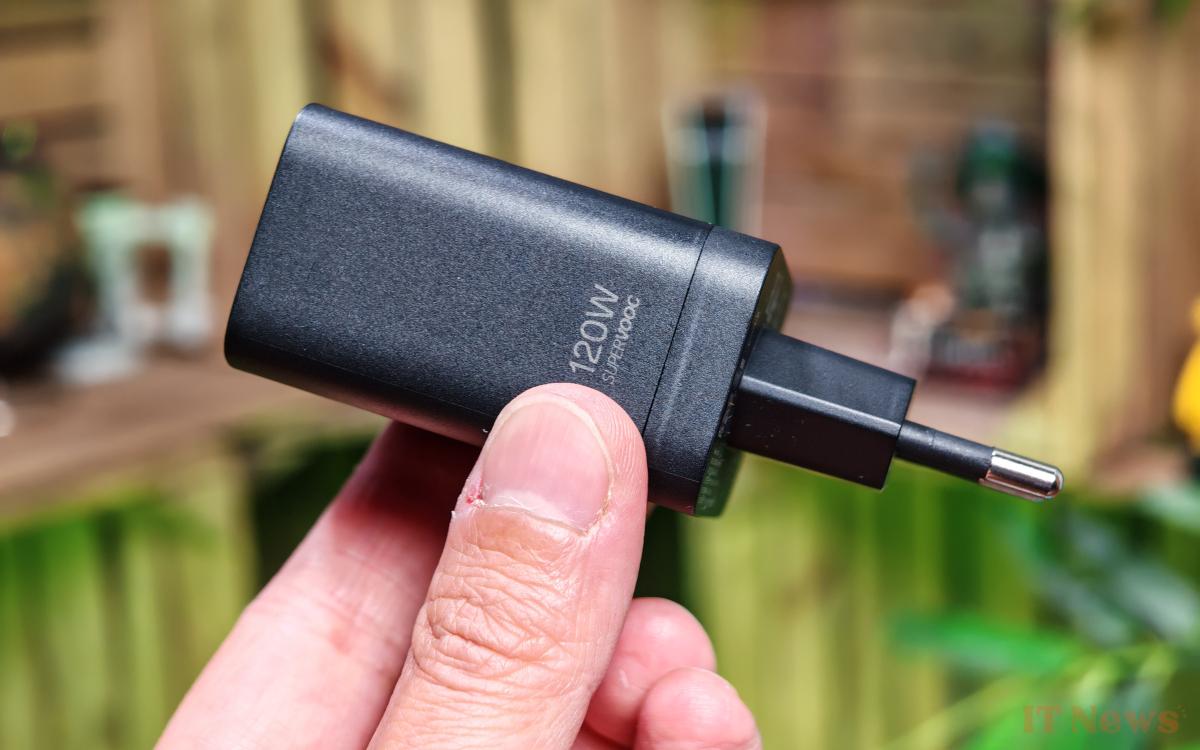

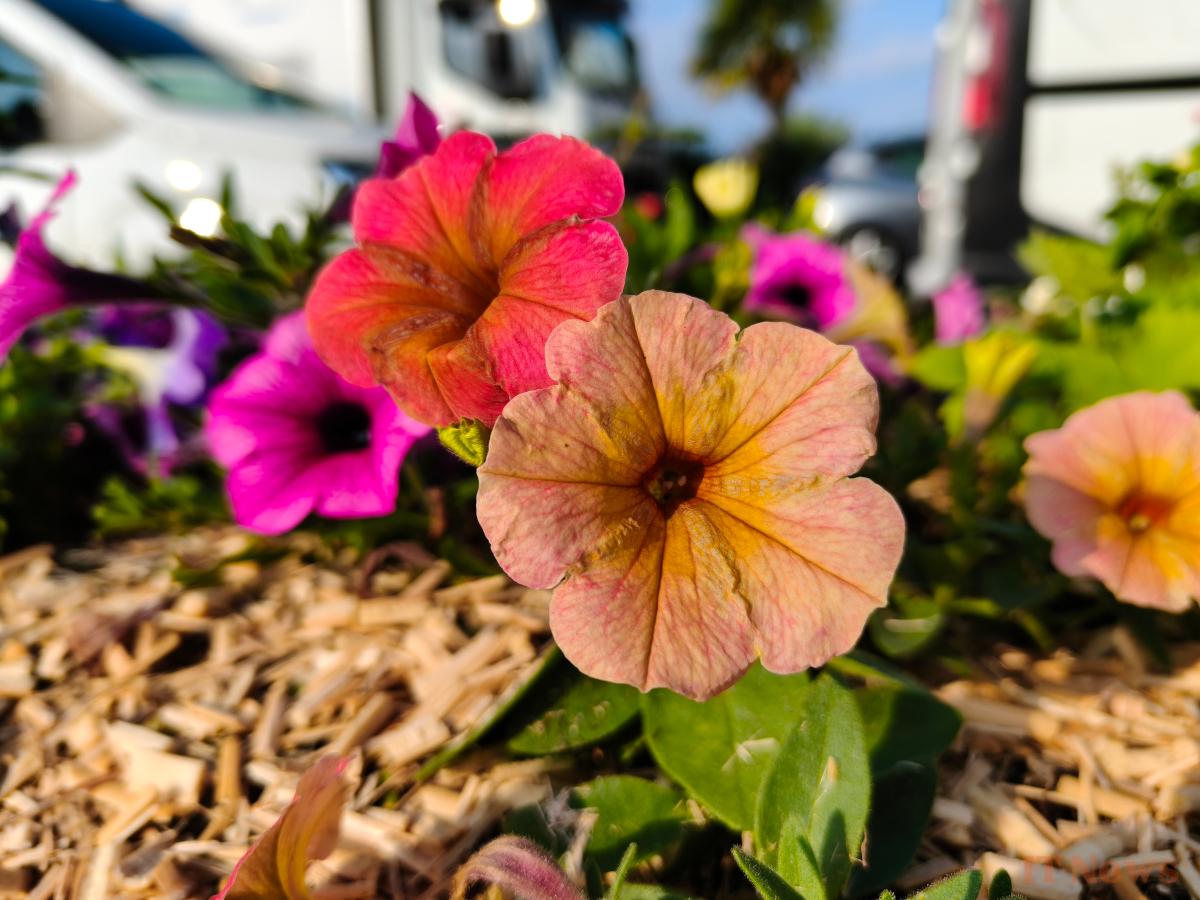
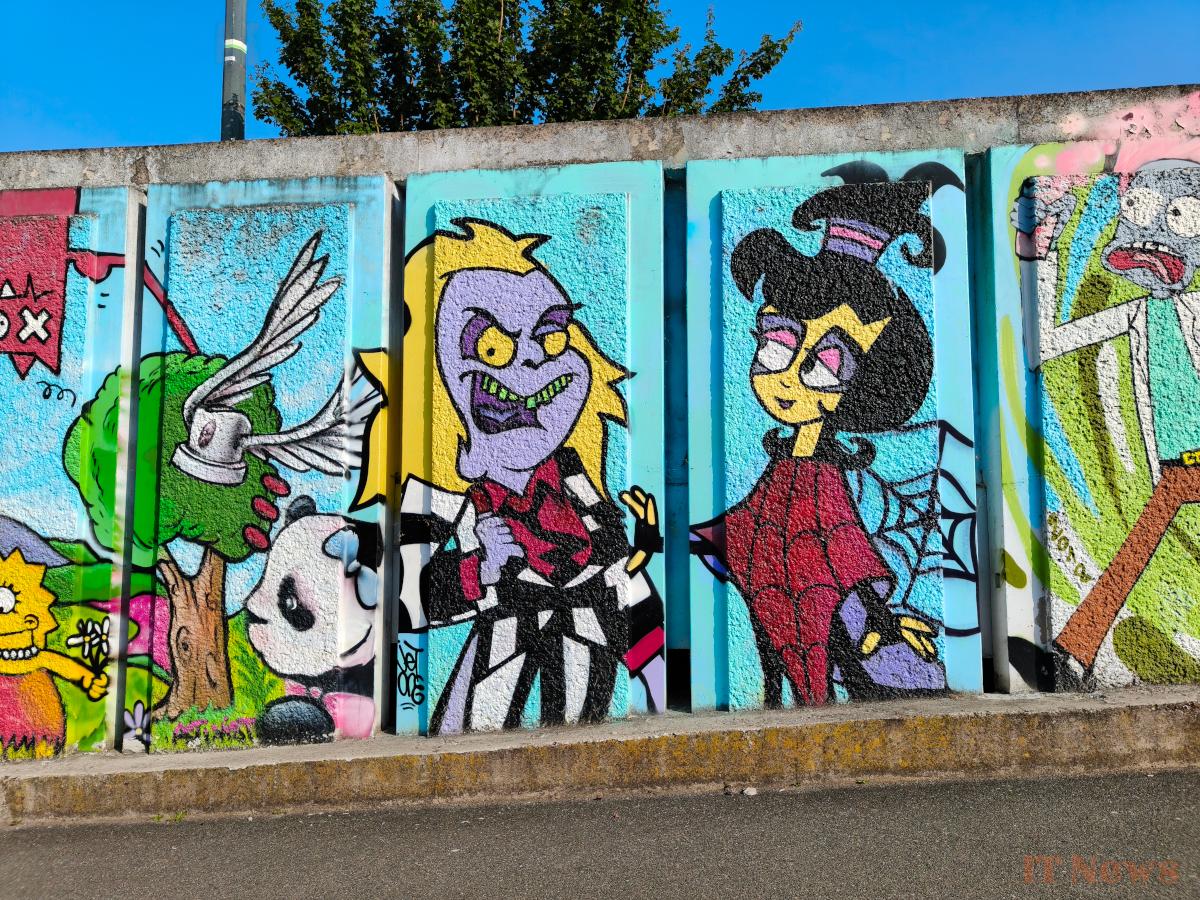
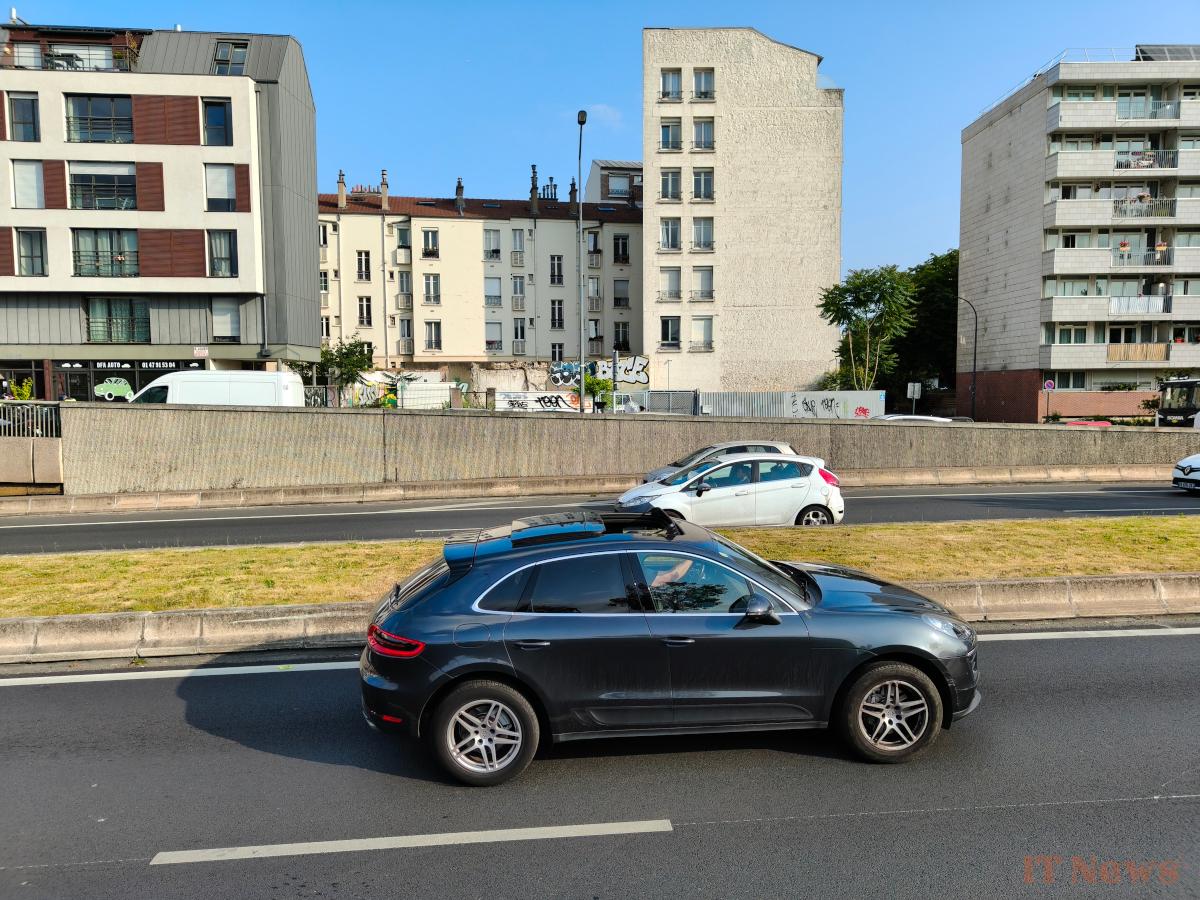
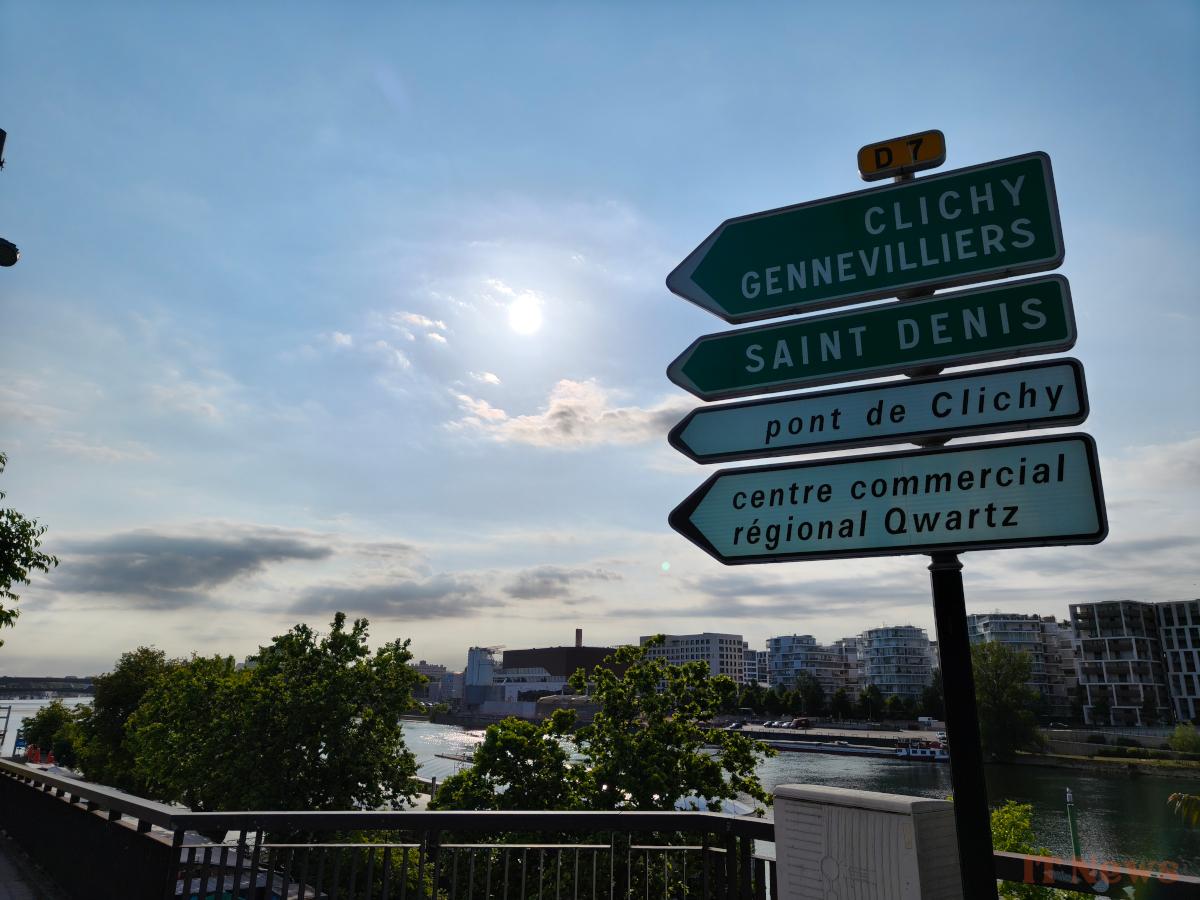

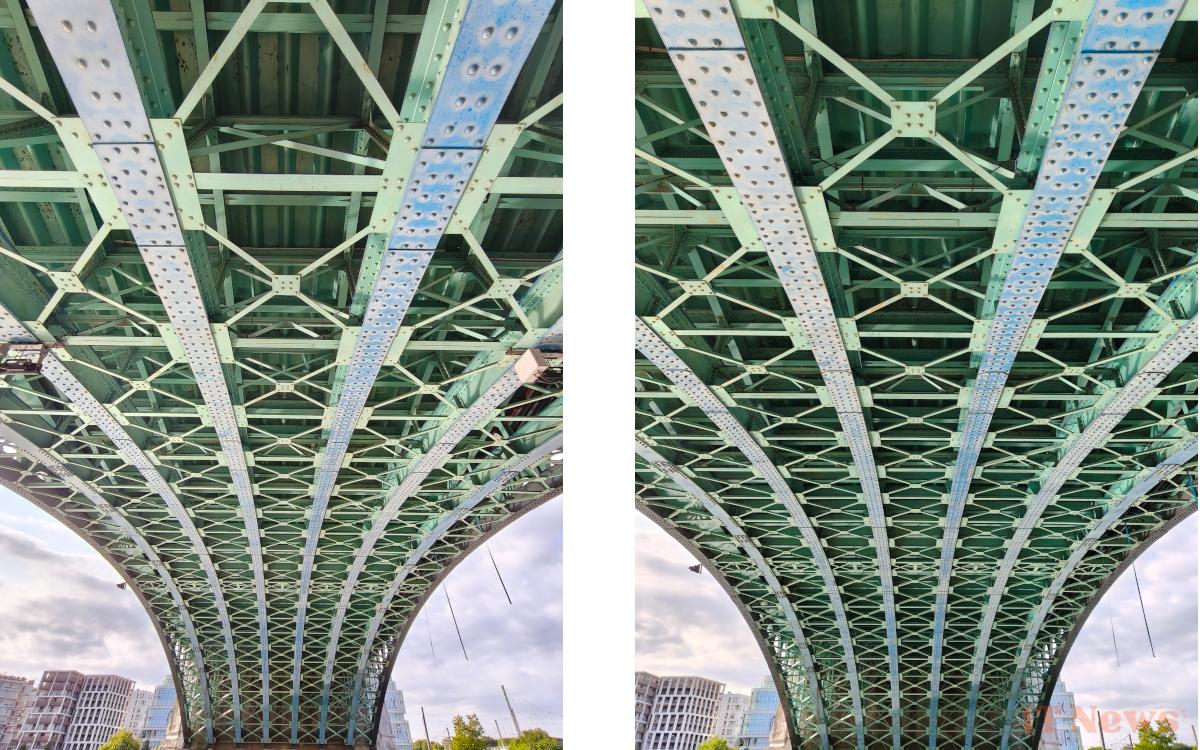
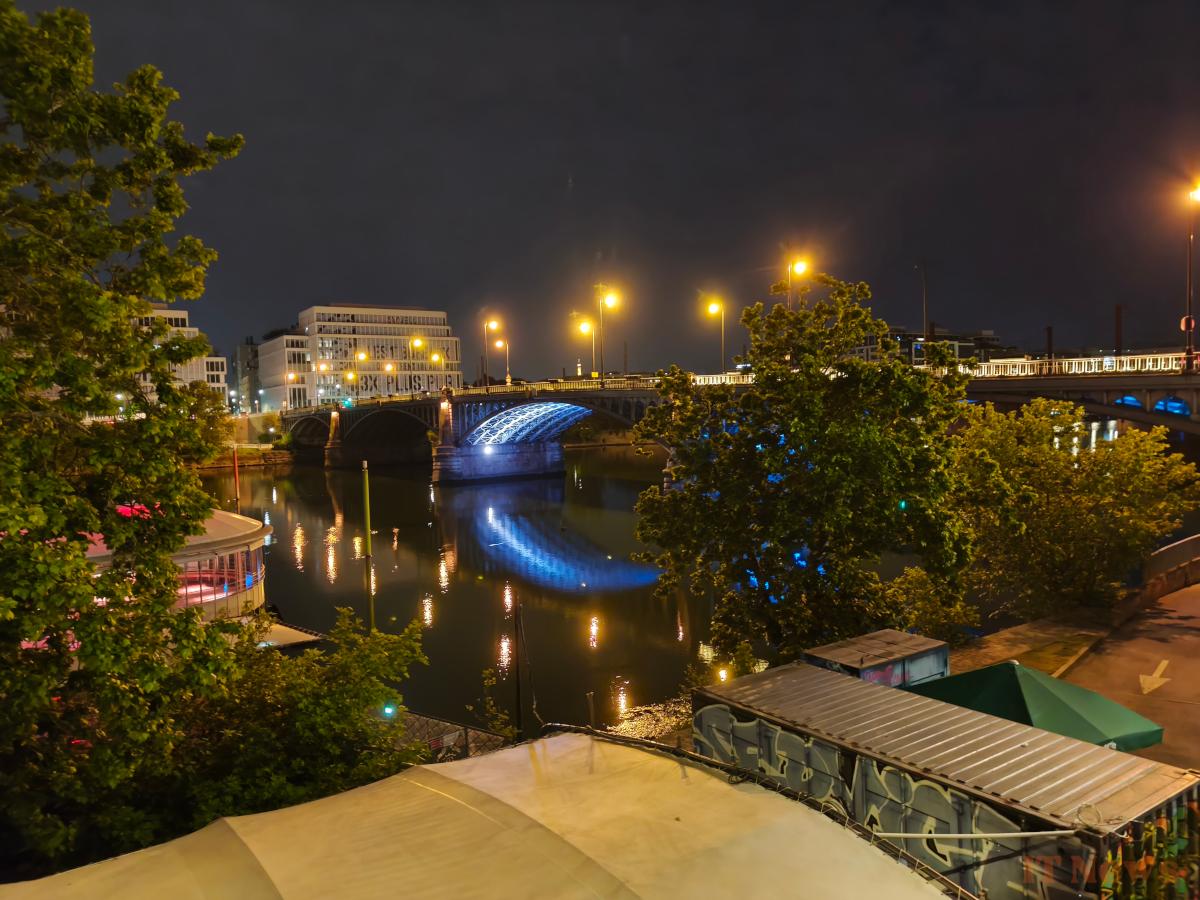

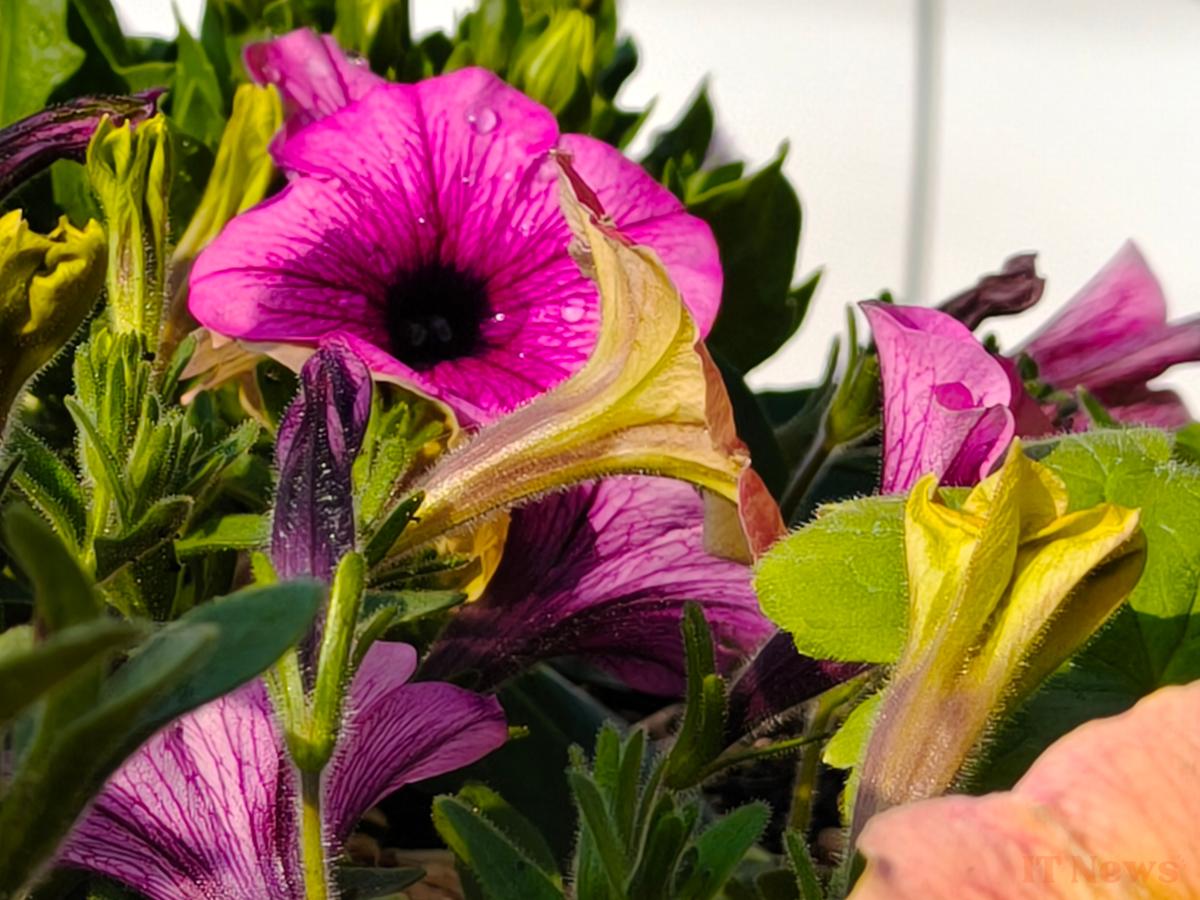
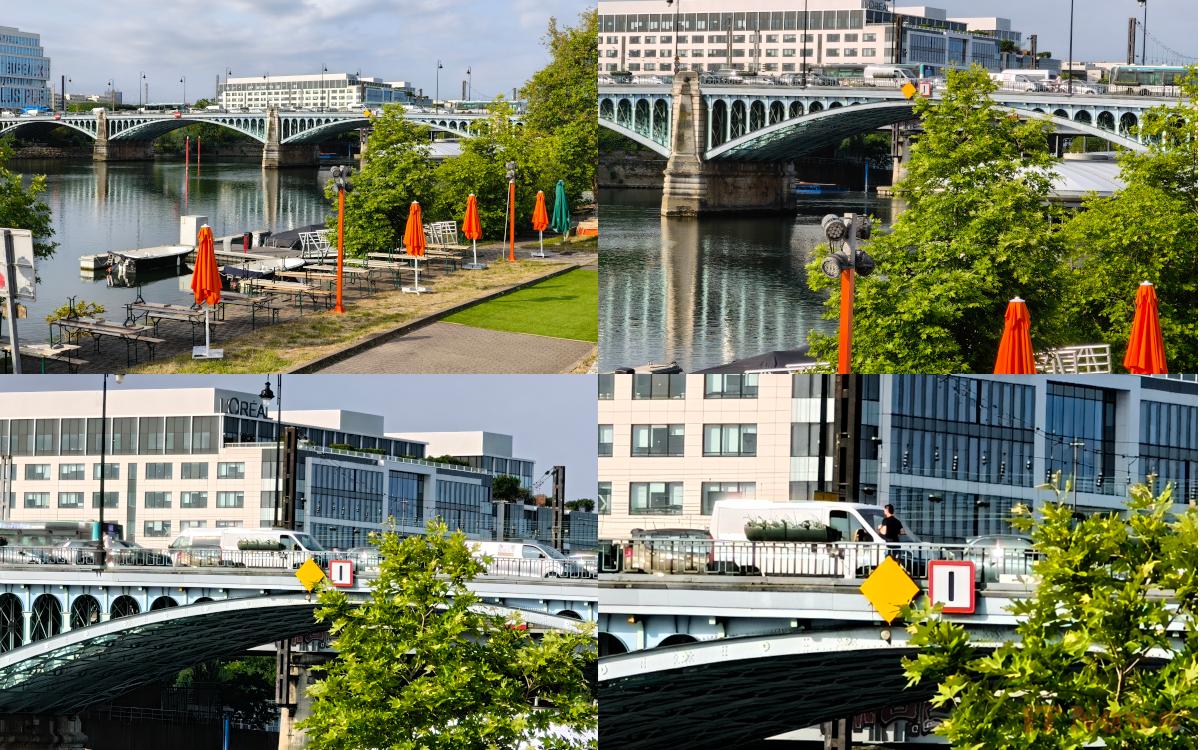


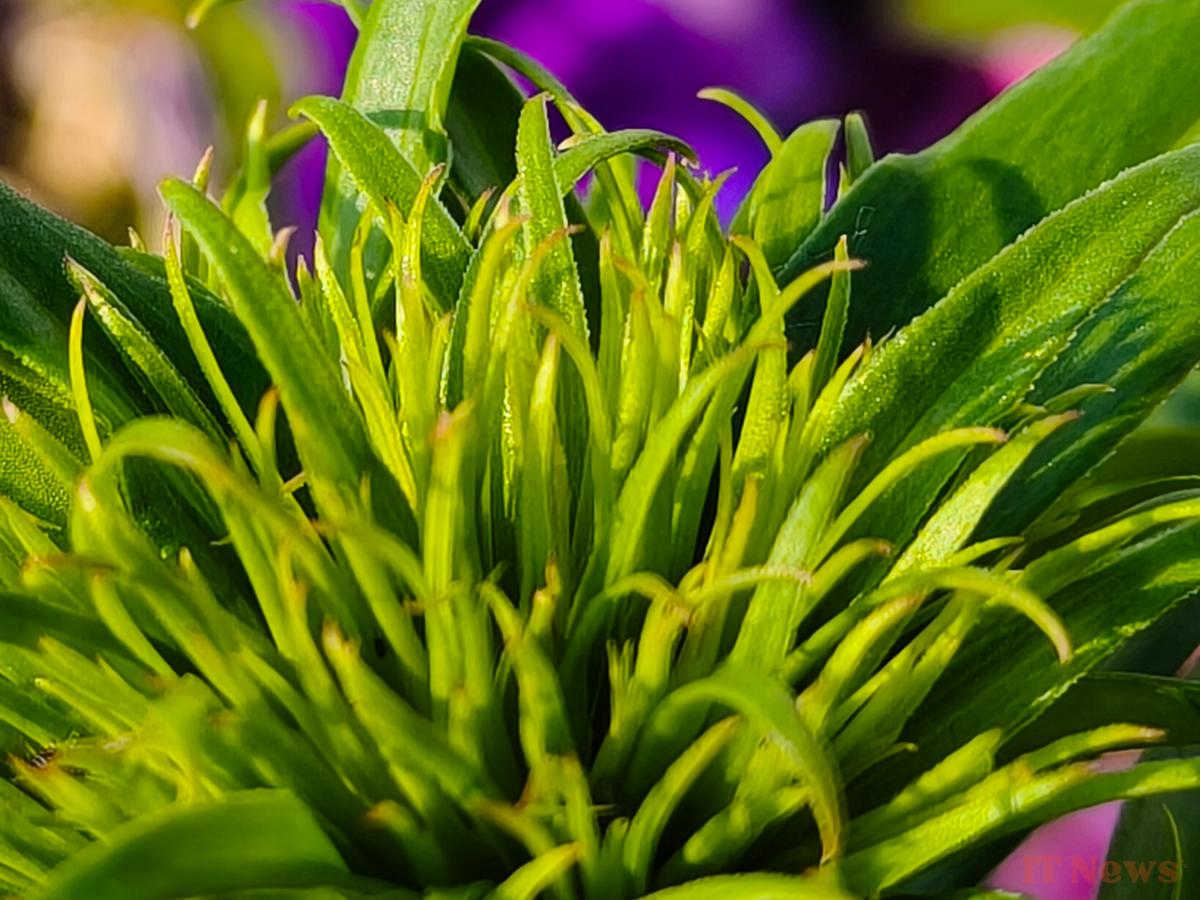
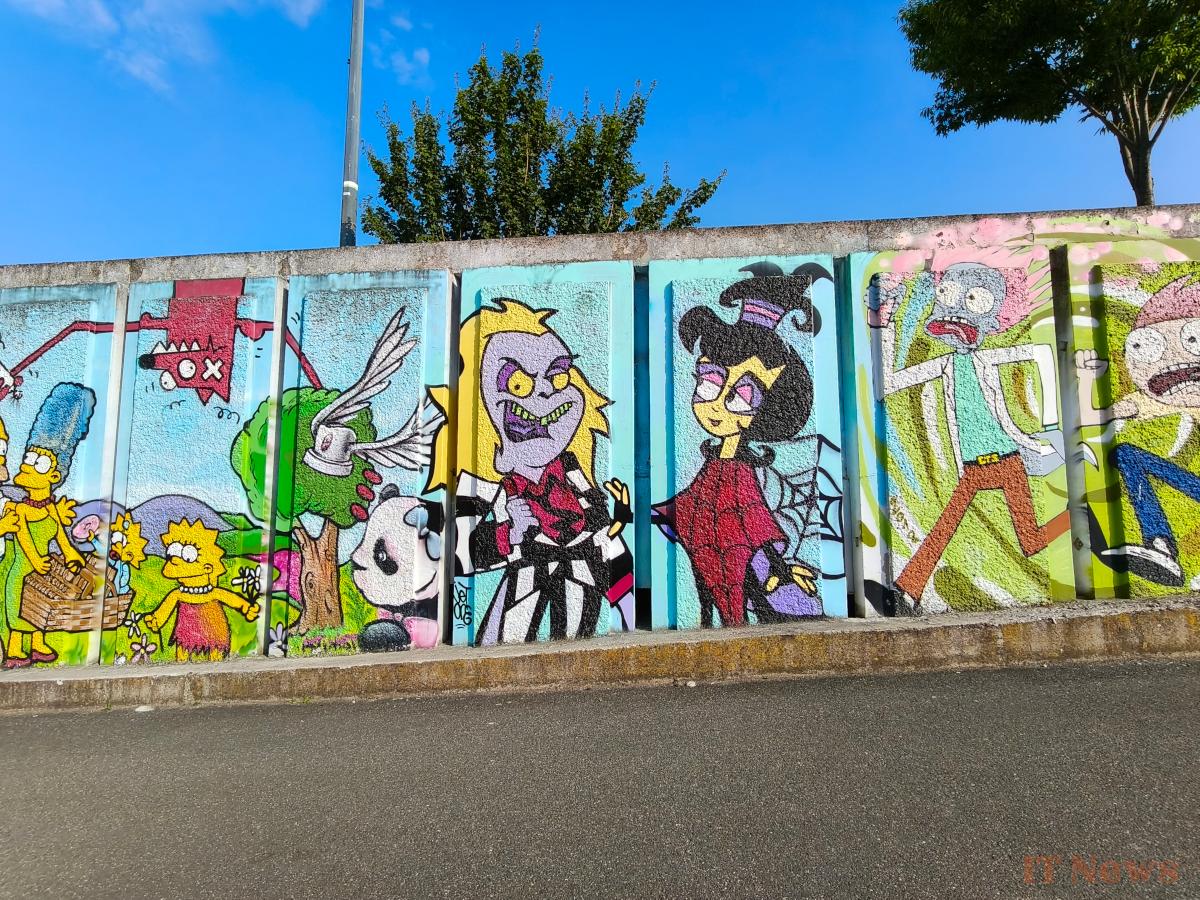
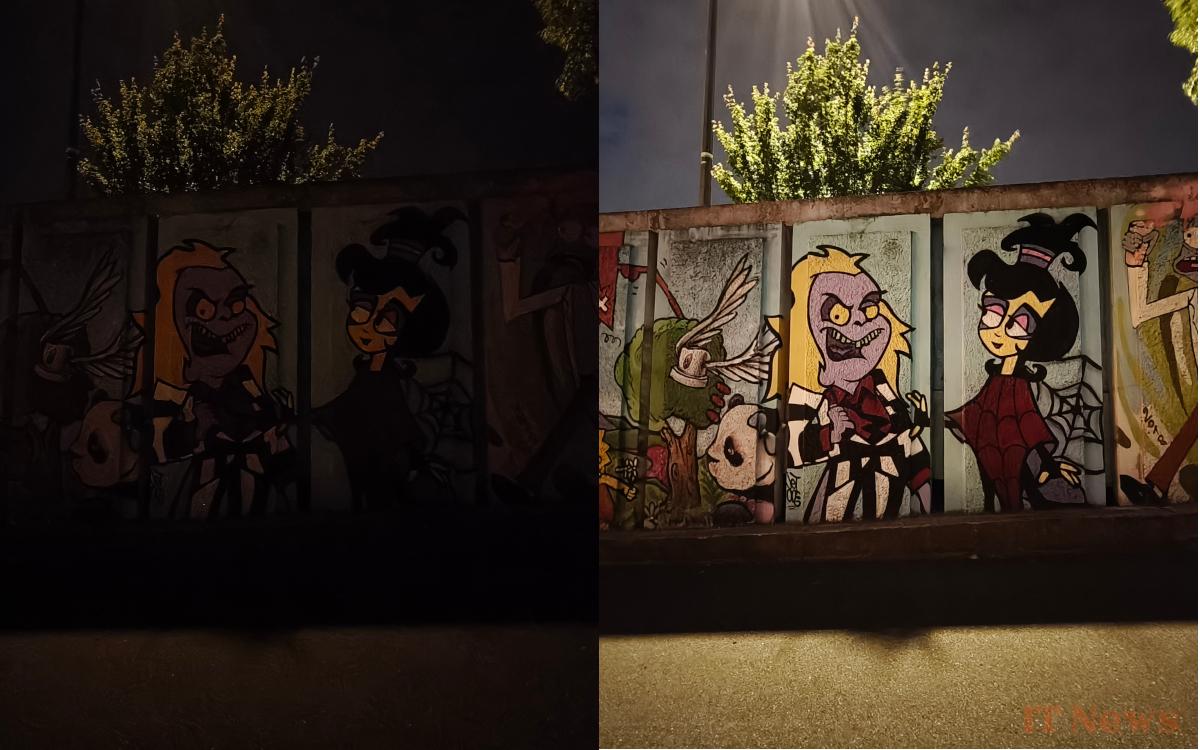



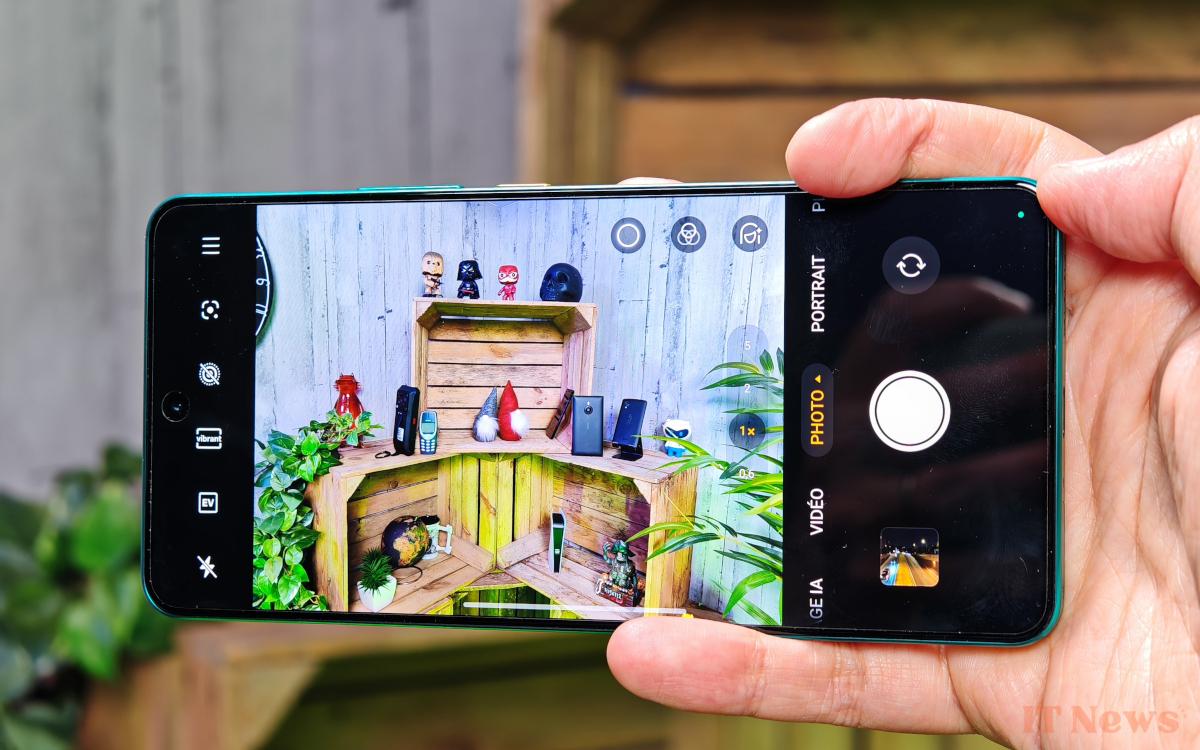
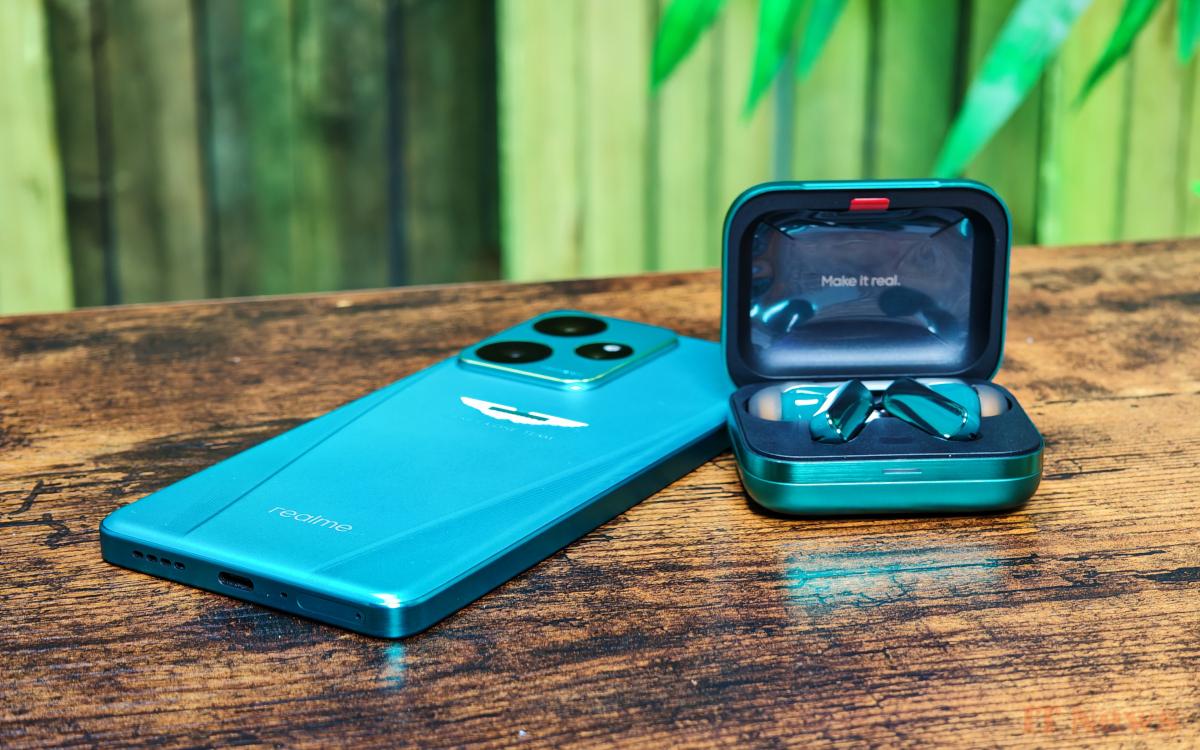

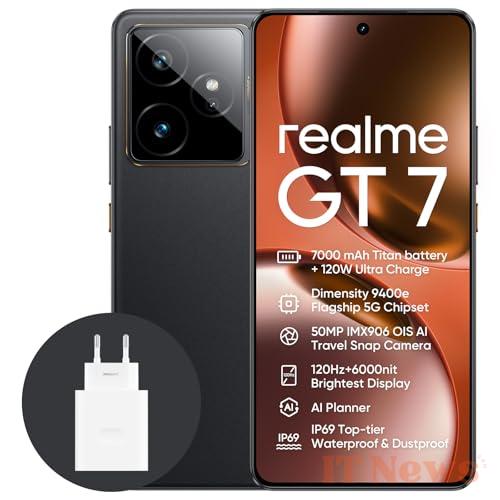


0 Comments